Search the Community
Showing results for tags 'Cuba'.
-
Jailing people won't solve the medicine supply problem ... https://diariodecuba.com/cuba/1632588442_34356.html Punishing the Private Sale of Medications in Cuba: Yet Another Castroist Crime Cuba's "hoarders", "resellers, " "line holders" and those making up its huge underground market are legitimate "children" of every Marxist-Leninist tyranny. They are the effects, not the causes, of the shortages affecting the country. Roberto Álvarez Quiñones Los Ángeles 25 Sep 2021 How many Cubans would die who could have been saved? How many would see their chronic diseases and conditions worsen? How many would suffer if it were not for the private vendors who supply them with medications? Covert private vendors, aka "resellers" and "hoarders" of medicines are being incarcerated. They are harassed and vilified even though they are responsible for providing a private pharmaceutical network that fills the gap generated by Communist statism. Were there "hoarders" and "resellers" of medicines in Cuba before 1959? Do they exist today in Chile, Costa Rica, Japan, France, Nigeria, Morocco or Australia? Is the State of any normal country the owner of all its pharmacies, clinics and hospitals, while lacking the money to produce or import medicines? These questions must be answered by the regime's leaders and official press, who blame resellers for the shortage of drugs in the country, exacerbated by the already devastating spread of Covid-19. A few days ago in Cienfuegos the official newspaper 5 de Septiembre criticized the 31 "hoarders" and "resellers" sentenced to prison by the courts, accused of "illicit economic activity" and "the possession of drugs" (medicines). They were caught with 20 strips of Azithromycin capsules and 29 bulbs of Rocephin (antibacterial antibiotics) and another 45 medications and supplies. Leaders and their families: medicines and exclusive hospitals The article explained that most of the medicines seized had, in fact, been legally imported, free of Customs duties, by Cubans returning from abroad, though they were accused of "ambition and opportunism." The rest, said the article, came from hospitals due to "cracks in our health institutions, which allow medications to slip through." Translated from "Castroist" language, two things can be gathered from this: 1) most of the medicines now on the black market and that people, fortunately, can acquire are those brought by Cubans returning from abroad; and 2) the rest are those stolen by workers in the Public Health system. The former group, travelers, after meeting their relatives' needs for medicine, sell the rest clandestinely by the law of supply and demand, since this is how trade has functioned in the world for thousands of years, since Babylonian times. Meanwhile, those who steal them from pharmacies and hospitals do so without any remorse. They see how political leaders and their families steal before they do, which is why they lack for no medicines, no matter how expensive it may be. They see how these oligarchs, relatives and cronies receive excellent medical treatment at exclusive hospitals, such as the CIMEQ in Havana, equipped with everything and teeming with military security, a facility from which the press is barred. All paid for with funds stolen from the people. State-perpetrated theft is indispensable in a Communist regime To put it bluntly, stealing from a Communist state is not a crime, but rather a maneuver essential to avoid hunger and disease. "Hoarders," "resellers," "line holders" and all those making up massive underground markets are legitimate offspring of every Marxist-Leninist tyranny. They are the effect, not the cause of the shortages. It should be pointed out that those who trained the Cubans in clandestine commercial "hustling" were the Soviet advisors who lived on the island, as they knew all about it from life back in the USSR. Cubans, enduring much great scarcity, need a black market to feed them, dress them, transport them and supply them with medicines. It is like a physical law. Trying to run an economy without private property is like trying to hold water in your hands by putting your palms together. The statist model does not work, "not even for us," as Fidel Castro confessed to a US journalist in 2010. 2,360 years before, Aristotle told a deluded Plato the same thing. Private property - the disciple told his teacher - is superior because "human diversity is more productive", and because "goods, when they are held in common, receive less care than when they belong to someone in particular." Or, to cite an old English saying: "It is the master's eye that makes the mill go." The economic/social cataclysm suffered in Cuba is due to the regime's suppression of "the master's eye;" that is, private property. The dictatorship wants to put an end to the private sale of medications The last straw is that, with the scourge of the Chinese virus affecting the island, the dictatorship has not only not made an exception and allowed the private sale of medications, but it has also decided to wipe it out by resorting to new chat hacking technologies and illegal and shameless snooping in WhatsApp and Telegram groups through which the population obtains medications from networks organized by Cubans in the US and Spain, which group them together and send them via individuals to Cuba. Castroist TV news recently showed several private chats and audio messages evidently illegally "hacked" by the MININT. Astonished viewers heard sick people and their relatives asking for antibiotics like Rocephin, Azithromycin, Amoxicillin, Ciprofloxacin, Cephalexin, and pain relievers and fever reducers, like Dipyrone and Paracetamol. These medications are not available at pharmacies, or, when they do arrive, there are so few of them that they soon run out. Hospitals do not have them either. An official at the Ministry of the Interior (MININT) stated on the newscast that drug resellers "hide their phone numbers and give false names so that the origins of the medication cannot be traced." The prices of these medicines are determined by the law of supply and demand and are, obviously, high. How could these prices be lowered? By increasing the supply; that is, with private pharmacies stocked with all kinds of medicines. Would there be more medicines if the MININT did away with their private sale? The key question here is: if the regime succeeded in quashing the private sale of medicines, would there be more at pharmacies and hospitals? Of course not. A few days ago the president of the state monopoly BioCubaFarma, Tania Urquiza, stated: "in 2021 we have been running out of supplies and raw materials, and the average monthly shortfall has been 120 medicines." If Urquiza admitted that 120 are lacking, the real figure must be double or triple that. Meanwhile, Rita García, a bureaucrat with that monopoly, offhandedly conceded that, with regards to Azithromycin, an antibiotic fundamental to the treatment of Covid-19: "what is currently being produced is not enough to supply the pharmacy network." In short, there is practically nothing at Cuban pharmacies. Those who suffer hypertension, have heart conditions, and diabetics go months without their medicines. There are also no psychotropic drugs in a country where depression and stress rates are alarming, and 85% of medicines have to be imported. As most of those infected with the Chinese virus are remaining at home, or being sent to dreadful isolation centers, many more Cubans would die of Covid-19 without the essential medicines that they are currently acquiring on the black market. Reducing the private sale of medications will result in more deaths Now, while it is true that by hacking the chats of drug suppliers the dictatorship will never be able to completely stamp out sui generis private micropharmacies, it may put a dent in them. And this damage will constitute yet another crime against humanity to add to the files of Raúl Castro and his confederate Miguel Díaz-Canel, as it will lead to more deaths, pain and suffering for the Cuban people. What these two misanthropic opportunists have to do is restore private property, now. If pharmacies in Cuba were not state-owned, and there were laboratories and private plants for the production of oxygen tanks, supplies and medical equipment, there would be no shortage of medicines, or Cubans suffocated to death by Covid-19, as is, tragically, happening today all across the country.
-
No incentives, more pressure, less money - no wonder they go for other crops... Pinar del Río has the lowest tobacco planting plan in many years Of the 16,373 hectares previously announced, now that Cuban province will have only 13,921 hectares planted. DDC Pinar del Río 26 Dic 2021 - 11:31 CET https://diariodecuba.com/cuba/1640514708_36418.html Pinar del Río will reduce tobacco planting by more than 2,450 hectares for the 2021-2022 season, announced the authorities of Agriculture in the province, which regularly produces around 65% of this crop in Cuba. According to the official newspaper Granma, when the planting of this plant began in October, the main export of Cuban agriculture, a plan of 16,373 hectares had been announced, a figure more than 570 hectares higher than that of the harvest of 2021. However, Ortelio Rodríguez Perugorría, Deputy Delegate of Agriculture in Pinar del Río, announced that despite this forecast, a significant group of areas have been reduced, so that now the province aspires to reach around 13,921 hectares. This, the official said, is the lowest planting plan in a long time. According to the report, this downward adjustment occurred due to the deficit of fertilizers and other inputs that ensure the development of plantations. Likewise, Rodríguez Perugorría said that the vegas that historically have provided the highest quality leaves and registered the best yields will be prioritized. And although he reported that the state of the crop so far is favorable thanks largely to the climate, he said that in August the damage caused to the seedbeds by the rains of Hurricane Ida as well as the "resource limitations" forced to transfer the planting of about 3,000 hectares for the month of January, outside the optimal planting stage. The note does not clarify whether among the factors that explain the decrease in planting is the measure adopted by the state-owned Tabacuba to reduce from 5% to 3% of the Freely Convertible Currency (MLC) that tobacco growers can access as a "stimulus" and only for the tobacco produced that the company considers "exportable". This decision, and the consequent increase in the risk of investment in such a fragile and laborious crop, has made Cuban vegueros, already dissatisfied with the high cost of the inputs needed to produce tobacco and the insufficient amount paid by the company for the crops. , which for many makes the effort unsustainable, they are forced to bet on other crops.
-
Guess they will be happy to plant anything but tobacco soon ... Depressing. Tabacuba adds more pressure to Cuban vegueros: it reduces the amount of MLC they can buy as a 'stimulus' The measure displeases Holguín producers and adds to dissatisfaction with the high cost of inputs and the insufficient amount paid by the state company for the harvest. Osmel Ramirez Alvarez Holguín 23 Dec 2021 - 11:28 CET https://diariodecuba.com/economia/1640255318_36380.html The state-owned company Tabacuba has added more pressure on Cuban vegueros, already dissatisfied by the high cost of the supplies necessary to produce tobacco and the insufficient amount paid by the company for the harvests, which for many makes investment unsustainable and forces them to bet on other crops. The last measure that has outraged tobacco growers is the reduction from 5% to 3% of the Freely Convertible Currency (MLC) that they can access as a "stimulus" and only for the tobacco produced that the company considers "exportable". "These people (the state company) move the ball to you every day. One cannot plan with anything, because nothing is safe," complained Roberto Díaz, an export tobacco producer in Mayarí, Holguín. Díaz also criticized the company's delay in providing vegueros access to the percentage of foreign exchange for the tobacco already sold. "Look at them kicking to sell us those MLCs… It's a time consuming delay," he said. With the Ordering Task initiated by the Government in January of this year, which involved changes in wages, prices and in the management of foreign exchange in the national economy, one of the strategies to boost Cuban sales abroad has been to allow private or state economic actors that pay taxes on exports "retain" a percentage of the accrued in MLC, that kind of virtual dollar, a substitute for the extinct CUC. As part of this, producers of export tobacco and honey that exceed their sales plan, and any other producer that manages to export a product or sell it in the chain of stores in MLC or in the Mariel Special Development Zone, they "hold" a percentage in foreign exchange. In practice, this means the right to, with the money earned, buy an amount of MLC at the official exchange rate (24 pesos for one dollar), as a "stimulus". "One day they say one thing and the next they change it, this is crazy," criticized Ignacio Rodríguez, another veguero. "And it is not that all the money earned is calculated for the currency, it is only that of the tobacco that classifies for export. For example, if my tobacco was valued at 150,000 pesos and only 50,000 were exportable layers, when it was at 5% I had to buy 2,500 MLC; now, at 3%, I can buy 1,500 MLC. That's a thousand less! " "The worst thing is that from those MLC they discount you for the supplies you buy. For example, a bag of compost costs 900 pesos, which is already very expensive, but then they discount 75 MLC as well. They complicate everything with tangles and obstacles, and it is hit wherever he works for, "he added. For his part, Juan Ramírez, also a producer, considered "unfair that they only pay MLC for the layers for export tobacco, because in the end nobody makes a tobacco only with the layer. The thin and impeccable layer is the final packaging, the one that it gives 'sight' to the twisted tobacco, but inside it has a cape and the gut. Even what it wears the least is a cape. However, for the rest they do not value exports, only for the cape. That is a deception, "he said. "Anyway, I don't understand how if they say that they want to stimulate us with the MLC they lower the percentage. That instead of stimulating, discourages. Apart from how expensive they sell insecticides, fungicides and fertilizers, how much the workforce has increased, the The guards, the insurance, and the low price they pay for the tobacco that they classify for export, come to lower the percentage of MLC. The profit is in being able to sell the MLC for 80 pesos on the street or buy with it something that one needs " at the currency stores, he reasoned. In effect, the "stimulus" of the retention of MLC works thanks to the fact that the Cuban economy does not have the capacity to sustain a stable market for buying / selling foreign currency at the official exchange rate of 24 CUP for one MLC. Although the government has dollarized the economy, passing an important segment of retail trade and services to MLC, for months it has not sold physical currency to Cubans. The way to acquire them is the black market, where prices have tripled.
-
In Havana last month I was out in Espacios with a friend, Rita McNiff. Rita (Irish-American) runs tours in Cuba and has been living in Havana for about 6 years. Rita introduces me to a friend of hers, Jeff. Jeff stands for Jose Emilio Fuentes Fonseca, he is the artist who created the elephants on parade in the Miramar Trade Centre in Havana and he has a great story. The next morning, Rita and I visited Jeff at his home/studio, he gave us a tour and then brought us over for a tour of the elephants. When he was a child in Viñales (he’s 47 now) he picked up a hand grenade in a field that blew off most of his left hand. I mentioned that he was lucky that that’s all that happened with a hand grenade, it must have perished somewhat over the years, but I suppose luck is relative! Anyway, as a child he dreamed of having a large family, lots of brothers and sisters to play with in the countryside. For whatever reason, he ended up being an only child. Then when he got married, he dreamed of having lots of kids to make up for his own lonely childhood. He found out he is sterile, he believes it was due to chemicals he was exposed to as a child in Cuba. So no kids. He went to ISA in Havana and graduated as an artist. In 2009 he tried to enter the 10th Havana Bienal ( art show held in Havana every two years to promote modern art from developing countries) with his herd of elephants. He close elephants as he always thought of them as very caring, social, gentle, family-oriented animals, which I suppose they are. And for him they represent the families that he did not get to have, as a child and later as an adult. He was turned down for entry into the show as he was told elephants “have no relevance to Cuba”. So he turned to guerrilla tactics. On the night before the show started, he got 45 friends and whatever vehicles he could, to line the elephants up on the Malecon, 12 elephants, adults and young, near the Prado and the friends stood guard (they were moved after that to a different location every 8 hours for the 5-week duration of the show). On the morning the show opened, the installation that the art world talked about most was the herd of elephants on the Malecon. Since then, Jeff has had an invitation to every Havana Bienal. An extremely nice guy, I ended up spending quite a bit a time with him, some great insights into the Cuban art scene and industry, basically it’s still the Wild-West. Tax-evasion, fraud and money-laundering is still the norm and seemingly officially accepted. When I explained to him that this would not happen in most other places he said, “Claro si, pero aqui el sistema de impuestas es muy joven!” He has been commissioned by the Cuban government to install a piece outside one of the ministries, I can't remember which one. He showed me a picture of the piece as it will be when finished. An 11 metre (4-story) tall tree with a life-size mother elephant talking the last leaf off it to feed it to her child, representing shortages and sacrifice in Cuba. It's extraordinary. In his home/studio he is building a bar and small barbeque restaurant, the proceeds of which will fund a foundation for young artists. It looks like it will be a bit like a mini-FAC, I promised I’d have an event there and I'd love to. It will probably hold 20-50 people and in Vedado, not far from the Habana Libre. It should be open by February. I think it will be a great little spot. He likes cigars, at lunch one day in Espacios he bought a Monte 2. I made sure it was the last cigar he bought in my company. I can’t speak highly enough about him. One of the people I met on this trip that reminded me how much I missed Havana. By the way, any Americans thinking of travelling to Cuba, get in touch with Rita. Nobody knows better than her the requirements and procedures for US-residents getting to Cuba at the moment. Some pictures/video Jeff at his home/studio in progress Jeff and Rita The Jeff Jeep At the Miramar Trade Centre. He uses Hydro-forming expansion to make the pieces. He has a horse and a calf (I know) outside Espacios On my last night, I was going to have a early night, Jeff and Rita came out to dinner with some other friends to Restaurante Yarini in Habana Vieja. After a birthday party for Punch Joe there and a birthday party for Punch Joe in Espacios, we (the stragglers) ended up in 1ra y 70 in a bar called Bom Apetit. Yarini This was Baileys as we had already had a bit of a mix over the night that involved, wine, rum, tequila, amaretto, Frangelico etc. That's Vivian Melendez, manager of the LCDH Melia Cohiba, with us. Fun night/morning. A well-ventilated ride home. That's Jessica, one of the waitresses from Espacios who joined us in 1ra y 70 after her shift. I'd spent some time with her and her boyfriend the previous week. The bar at Jeff's studio.
-
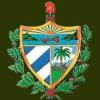
Cuba Is Frozen - The World Moves On.
Nino posted a topic in Cigars Discussion Forum "the water hole"
Interesting reading : Cuba: marching in place as the world moves on The idea that the world is a very, very bad place has been implanted in Cubans' minds to make them believe that a planned economy and the one-party model are the solutions for the future of the planet Francisco Almagro Domínguez Miami 06 Oct 2021 - Graffiti on a wall in Havana. Diario de Cuba "The world is something different," someone told me 30 years ago in the kitchen of my house in Havana. He had returned from seeing his brother in New Jersey, in the United States. He was no intellectual, but rather an upright farm worker endowed with a natural wisdom. The world, he repeated several times, is not how they imagine and portray it here. One of us asked him why he said that. He was silent for a few seconds, and said: "people in Cuba continue to believe that the world hasn't changed, that everything's remained the same, and that's not true." Those were the years after the fall of the Berlin Wall, and, with it, all the Communist dictatorships of Eastern Europe. Real Marxist-Leninist socialism, with a centralized economy and a single party, was dying of productive and ideological starvation. The so-called "Special Period" was beginning on the island, in a time of peace. Many, including him, planned to sell what little they had left and head for the cold Garden State, as New Jersey is also known, without speaking English, but with the certainty that a different world was out there; he was not going to be trapped in another "special period" like in 1970, when he had to sell everything, even his goat, because he had nowhere to tie it up. In recent times I have asked myself, after reading the regime’s official paper, what lies behind its insistence on keeping its readers captive, mentally trapped in the years prior to the collapse of the Communist bloc, the end of the Cold War, the criminal Chernobyl scandal, and the Tiananmen massacre. After reading the paper, overflowing with agitation and propaganda, one feels almost as if time were frozen in Cuba: the same slogans, the same harassment of those who think differently, imperialism as the source of all evils, the same promises and rants, always pointing to a horizon the people are supposed to keep walking towards, an imaginary line that is never reached. It would have the reader believe that Russia and China are still Communist countries, even though the Asians have maintained the "popular" name for years to dissimulate a booming market economy. The Russians are still portrayed as a power that rivals the USA, despite the fact that it is actually the world's 11th economy, behind countries like France, Italy and India. The GDP of Texas is greater than that of the entire Russian Federation. If the State of California were a country, it would have the 6th largest economy in the world. The reliant reader is sold the idea that the Latin American countries of "21st-century socialism" are democratic and economically successful revolutions. This, when today Venezuela is the fourth poorest country in the Americas, above only Haiti, Honduras and Nicaragua. And sanctions have nothing to do with it: the downward spiral began in the days of Chávez, when he scared off investors and nationalized thousands of companies. In addition to depicting both revolutions as quasi socialist to sell the ideal of the Castro model, they represent these governments as legitimate, even though they are sustained by fraud, corruption and the suppression of their political opponents. Africa, for the everyday Cuban, continues to be the Angola and Ethiopia of disease, misery and war that took the lives of thousands of young Cubans. Today Angola has the continent's fifth highest GDP; Ethiopia, its seventh. Africa is still the world's poorest continent. Nevertheless, it is attracting more investors, because it now has more stable governments, and the population is better educated. No African country is socialist; not even those where so much Cuban blood was spilled. The world has continued, despite its trips and stumbles, to move forward. Some things are bad, very bad, but others are good, very good - but the average Cuban is all but oblivious to the latter. The idea that the world is very, very bad, has been sown in Cubans' minds for two reasons: one, to make them believe that the planned economy and one-party model is the productive and political solution for the future of the planet; two, to suggest that the island's leaders have never been and will never be wrong. They, who, together with their fellow comrades in Korea, represent barely 0.0001% of the world's population, claim to be the only ones who have it right. The world turns, it does not stop. But the Copernican thesis does not apply in Cuba. In the world there are wars, natural disasters, epidemics, hunger. Yet humanity persists, it does not become socialist - those who did already paid a high price. They have learned that the worst thing would be to return to a more or less feudal stage called socialism. Marx is today a full-fledged heretic: social practice on the island is not a criterion of truth. In the same way, to borrow from John Lennon, we might say that the world is what is happening while Cuba continues to make the same old plans. -
Recommended reading : https://diariodecuba.com/economia/1632326685_34279.html GAESA: Its Business Is Money Laundering, Not Managing Remittances With the money from emigrants, the conglomerate led by Luis Alberto López-Callejas builds hotels and creates real estate assets. But there is much more. Emilio Morales Miami 22 Sep 2021 - 18:04 CEST The Hotel Cohíba, next to an apartment building in Havana. Diario de Cuba Two weeks after the recommendations were delivered to the Biden Administration by the commission created by the US Government to study and implement the sending of remittances to Cuba without passing through its military's hands, nothing has yet transpired. Meanwhile, GAESA is still barred from handling remittances sent from the US. Despite the fact that at the end of 2021 the Central Bank of Cuba authorized the non-bank financial entity RED S.A. to process the dispatches, no US company has been contacted by this company. As is well known, remittances to Cuba have always been controlled by the Cuban military. Since their authorization in 1993, they were controlled by CORPORACION CIMEX S.A., a company created by Cuban intelligence in Panama in 1978, officially registered in 1979. As part of CIMEX , years later the companies FINANCIERA CIMEX S.A. (1984) and American International Services S.A. (1988) were also created, also in Panama. In 1993 these three companies began to manage the business of sending remittances to the island. At that time, as a solution to the crisis generated by the collapse of the socialist camp and the USSR, the dictator Fidel Castro was "dollarizing" the economy, a step conceived mainly at the expense of Cuban exiles. All these companies created in Panama, and others created in different tax havens, were founded with a view to circumventing the US embargo. One of the most well-known companies was HAVANATUR S.A., which would be in charge of managing the trips of exiles from the United States to Cuba. This company was also part of CIMEX S.A. With this network the juiciest financial scheme that the Cuban regime ever managed to invent in 62 years of the "Revolution" was completed: remittances + travel by U.S. emigrants to Cuba. This magical formula also gave rise to a profitable market for "mules". This racket has generated even greater dividends than those obtained by Castro and his cronies after all the country's industries were stolen in the initial years of the Revolution through nationalizations and confiscations without compensation for the foreign and large companies operating on the island back then. Until 18 months ago, before the pandemic, this lucrative formula (remittances + trips by emigrants from the US to Cuba + the dollarized retail market), created based on migration and dividing families, was worth an estimated eight billion dollars yearly. Fidel Castro turned the community of Cuban exiles into an inexhaustible source of capital As of 1993 Cuban emigration would play a key role as one of the main sources of financing for the Cuban regime. To achieve this, a dollarized market was created on the island, managed by CIMEX S.A. mainly through its chain of stores forming part of this dollarization strategy, whose main source of financing was and continues to be Cuban exiles. To date, 49.127 billion dollars in remittances (cash) have been raked in by this network of companies, today in the hands of General Luis Alberto López-Callejas. No other area of the Cuban economy has posted such astronomical dividends in 62 years of the Communist economy. These millions in capital have been routed by a machine deviously designed to capture dollars at the expense of Cuban emigrants. If to this we add what the travel and mule business has generated, the figure comes to around $120 billion, more than that received from the USSR until its disappearance. And yet, even with all this capital, in addition to that received from later from Venezuela, the Cuban economy continues to be one of the most backward on the planet. Without any doubt, it is a parasitic and irreformable model. The remittance business was perfected and grew as emigration and the dollarized market on the island burgeoned. It was a relationship characterized by direct growth: the more Cubans emigrated, the more the foreign currency store chains grew, both those of CIMEX and GAESA (TRD Caribe was the main chain), as well as travel, which followed the same growth trend in remittances and emigration to the US. Until 2006 remittances were controlled by Fidel Castro's group (CIMEX S.A.). After the dictator's illness, GAESA took control of CIMEX and Luis Alberto López-Callejas began to oversee his favorite grift: remittances. To do this, López-Callejas placed Colonel Héctor Oroza Basutil, his right-hand man at GAESA , in charge of CIMEX S.A. Said colonel would take direct control not only of CIMEX, but of the entire network of companies in Panama, of which he is the chief manager, as recorded in the public records of that country. This meant that GAESA had a rich and inexhaustible source of financing to launder capital. López-Callejas's magic formula to launder the capital from remittances One of the most effective ways has been to use a large part of the capital obtained to launder money by building hotels and creating real estate assets in the name of another of octopus-like GAESA's companies: Gaviota S.A. With the acquisition of the remittance business, GAESA would no longer need foreign investment for the construction of hotels, as "generous" exiles would be its new source of financing. Figure 1. GAESA's scheme for managing remittances to Cuba. Thanks to this, Gaviota S.A. now has 110 hotels, standing as the leading company in Latin America, with more than 40,000 rooms. No financial group in the world manages the economy of a country like the organization that controls Cuba today, led by General Luis Alberto López-Callejas, who not only dominates the army, the repressive apparatus, and the Communist Party, but also the Mariel Special Development Zone (ZEDM), almost the entire dollarized retail market, tourism, remittances, mining businesses, and up to 27% of ETECSA's shares. To give a graphic example of how remittance capital is laundered and converted into real estate assets, just look at the hotel construction statistics for the period from 2017 to 2019, in which 57 new accommodations were built, of which 25 were five-star facilities, and 32, four-star. See Figure 2. Figure 2. Hotels, by category, 2014-2019 This meant an increase of 15,984 new rooms. See Figure 3. Figure 3. Number of Rooms by hotel category, 2014-2019. In the period from 2015 to 2020 over 17.614 billion dollars were invested. Interestingly, this was a period during which hotel occupancy was only 46.3% (2015), with a downward trend in the following years, hitting a low point of 14.7% in 2020 in the midst of the pandemic, though this was the year with the most investment: 4.139 billion dollars. What the numbers show is something totally irrational in a context where an extremely difficult economic crisis and the scourge of Covid-19 prevailed, causing the health system to collapse, and leaving the country without resources, food, or means to deal with the pandemic. Figure 4. Investment in the Tourism sector in Cuba, 2015-2020 (millions of dollars). Figure 5. Hotel occupancy in Cuba, 2015-2020 (annual %). The new dollarization bolsters money laundering As part of the mechanisms to attract more dollars, this group in power implemented a new way of dollarizing the economy by opening stores at which one can only buy using magnetic cards charged with foreign currency. The new strategy began with the sale of household appliances, with the aim of counteracting the strong, unstoppable competition posed by mules, who brought these devices from abroad. Later this dollarization spread throughout the country, ranging from food to hygiene and household products. This novel dollarization would later include the prohibition of physical deposits in dollars on these magnetic cards, called MLCs, forcing users to use other currencies in cash to recharge them. GAESA, in this way, took another bite through currency exchange, as, for the purposes of deposits, the MLC cards are in dollars. Thus, it was only possible to recharge the cards in dollars from abroad through bank transfers. Cubans can only use these magnetic cards in Cuba to buy at GAESA stores, where products cost at least 240% more than where they are bought abroad. If someone wants to withdraw money at an ATM, they only receive pesos at a rate of 1 USD for 25 CUP. These cards do not work anywhere else in the world. In this way, the dollars that emigrants send to their relatives in Cuba remain in a bank account in a third country, and those who reside on the island receive a devalued currency or an electronic dollar that can only be used at stores belonging to GAESA. Under this scheme GAESA has perfected a way to increase its main source of financing and, along the way, further fine-tune its money laundering business to build hotels and develop other businesses. This is occurring in the midst of a crisis during which the tourism industry is dead and the country is in dire need of financial resources to purchase food, medicine and other supplies to combat the pandemic. Conclusions Remittances to Cuba constitute the main financial source of a multimillion-dollar money laundering business concealed behind decrees and laws implemented at its behest, managed by a network of companies set up in tax havens that are not audited by the Comptroller General of the Republic or any other civil institution of the Cuban State. No other country in the world has a business structure of this type, managed by an organization that profits from money that does not belong to it. In Latin America remittances are handled by state banks, private banks, private remittance companies, and even cooperatives, with full transparency and supervision. The Cuban model for the control and management of remittances is nothing like the models that exist in the region. Rather, it is a black box in the hands of a criminal organization. 90% of the almost 50 billion dollars in cash that has been routed in one way or another through this network of companies since 1993 has left the United States sent by Cuban emigrants. Today, General Luis Alberto López-Callejas, executive director of GAESA, sanctioned by the State and Treasury departments, continues to run and refine this multimillion-dollar money laundering business with total impunity despite a crisis that has caused the country to collapse and led to a popular uprising sparked by the government's incompetent management of the economy. To all the above it must be added that this blatant theft is occurring in the midst of a pandemic in which hundreds of Cubans are dying every day due to a lack of medicines, oxygen and effective vaccines. The images of overwhelmed hospitals, stacked corpses and burials in mass graves are gruesome. The desperation manifested by people frantic to find care reveals a population that is helpless and abandoned by a government controlled by a mafia dedicated to money laundering instead of aiding its people. The US justice system currently has an extradition order out against Alex Saab for money laundering, for all the shady deals he did with Nicolas Maduro's regime. What difference is there between him and Luis Alberto López-Callejas? In the face of so much ignominy, impunity and evidence, it is time for the Biden Administration to get to work and enforce the law on those breaking it just 90 miles away.
-
Historical low figures - Only 6 % of tourists compared to last year arrived in Cuba ... https://www.14ymedio.com/cuba/turismo-cae-minimos-historicos-Cuba-trimestre_0_3083091671.html Tourism in Cuba falls to historical lows in the first quarter of the year Between January and March 2021, 76,913 travelers arrived, only 6.2% of those who arrived in the same period last year 14ymedio, Havana | April 26, 2021 The worst forecasts for tourism on the island are already a reality. The Cuban Statistics and Information Office (ONEI) published this Monday that between January and March 2021 76,913 travelers arrived, representing only 6.2% of those who arrived in the same period last year (1,230,934) , more than a million less. Due to the covid-19 pandemic, the island maintains flight restrictions for most countries, especially Mexico, the Dominican Republic, Haiti and the United States, places from which the Cuban community travels abroad. Tourism, the third source of income in Cuba behind the sale of medical services and remittances, had already suffered a decline due, in part, to the United States sanctions. In 2019, 436,000 fewer tourists came to the island than in 2018, according to official figures, and the hundreds of hotels in the territory, controlled by the military, had six out of ten empty beds during the year. However, it reported 2.6 billion dollars to the Island. Despite the adverse figures this year and the coronavirus pandemic, which has brought down the arrival of tourists to the Island and to most destinations worldwide, Prime Minister Manuel Marrero said in a meeting with executives that the Tourism will continue to be the locomotive of the Cuban economy. To try to reactivate the sector, the Cuban government opened two of its tourist poles to Russian tourists, a decision criticized by citizens. Russia is one of the countries with the lowest vaccination rate against covid-19 worldwide (not even 5% of its population is vaccinated, according to official figures). This is where the majority of international travelers who have arrived on the island this year come from (21,467 visitors), followed by 7,313 Cubans residing abroad and 4,026 Germans, among which the German parliamentarian Karin Strenz stands out, who died a few weeks ago in a flight from the Varadero resort. To travel to Cuba, tourists must have a negative result in the PCR test printed on paper and dated 72 hours before arrival, and once they land on the island, undergo other similar tests.
-
Came across this black & white video of Cuba in the 1920's with extensive coverage of tobacco harvesting.
- 10 replies
-
- 17
-

-

-
- tobacco harvest
- cuba
-
(and 1 more)
Tagged with:
-
I was quite surprised to watch this video today by a Cuban "influencer" about meeting up with friends at the Havana Kempinski yesterday, nobody wearing a mask, everybody happy drinking French red wine and the room costing 360US$ a night special ( down from 580US$ regular price they say ) and the lady saying that she just went there to buy cigarettes there and ask about the Spa and just made a reservation as only Hotel guests can use the pool terrace and Spa ... While the area below the terrace looks quite empty and deserted , I am truly fascinated/disgusted by this almost obscene show in the "upper floors" ... Looks like there are a lot of "grandsons living it up" even without a Castro surname in Havana...
-
Looks like it is getting very bad for rum drinking & smoking addicted Cubans on the island. Of course the embargo is to blame. What else ... https://www.14ymedio.com/sociedad/cubanos-mueren-conseguir-ron-cigarros_0_3051894785.html For those Cubans who are dying to get rum and cigars Havana Club has disappeared for national sale and tobacco 'flies' from establishments 14ymedio, Havana | March 05, 2021 "Havana Club rum is not for sale anywhere," says Jorge, a fan of these drinks from Holguin who regrets that, in recent times, only foreign drinks are sold at unaffordable prices. "From time to time they take out at 75 pesos some modules with six small bottles that include a variety of samples of Mulata rum, but they take that out and it ends at the moment, because it is the only thing there is." The shortage of the product in the domestic market contrasts with the good international sales figures that the Havana Club company boasted of in the official press on Wednesday. Despite the pandemic, its sales abroad presented "positive numbers" in 2020, encouraged by the consumption of individuals at home. On the other hand, in Cuba, it is increasingly difficult to find the drink, and the comments of the readers of Cubadebate are a good thermometer. "Let's hope the stores stock well, because on the street it is twice the price," complained an Internet user. "It is true that it is not a necessary product, but it was not subsidized either and it has disappeared." The executives of the Havana Club company attributed the shortage of the product to the lack of forecast for February, but they maintain that the situation will have been resolved in the coming days since sales in state stores and tourist entities have already resumed. Amed Álvarez, in charge of marketing, insists that "a stable offer" will be maintained both in shops in pesos and in those selling in foreign currency. "We are in a position to be able to sell in both types of currency the range of products from [rum of] 3 Years to [that of] 7 Years, while the rest will be evaluated in which of the two segments can be better positioned" . Despite the manager's statements, Cubans continue to perceive the shortage of the product in stores throughout the island. "The Havana Club arrives one day and the next there is no more," says Jorge. "It may take 15 days for them to come out again. On the black market, a 7-year old is costing from 800 to 900 pesos, a 3-year old can be found at 500. If you are looking for a special vintage up to 1,000 pesos you will have to pay" . In Havana, "the drink appears little, and only the most expensive presentations such as Reserva and Ritual, but for example 3-year-olds have disappeared from state commerce," confirmed a resident of the capital. O n the other side of the island, Gertrudis, a resident of the Santa Bárbara neighborhood and an employee in a paladar, confirms from Santiago de Cuba the lack of Havana Club rum in the stores in pesos. It is not the only pleasure, or vice according to the point of view, difficult to satisfy in Cuba. "Right now I just got home and when I was coming, I saw a line to buy cigarettes two and a half blocks away. By a miracle I saw that in a cafeteria because here there is no State that sells, those who sell are the merolicos." Gertrudis adds. Both alcoholic beverages and tobacco increased in price on January 1, with the start of the Ordering Task. "On the street, a pack of H. Upmann is costing 40 pesos, instead of 26 that are worth in state stores, the same as the Popular with a red label, while the one with the blue label costs 35", says Jorge. "Also, they only sell you five packs, so if you want to buy more to save you have to spin more than a top, but they almost always sell out at the moment because the resellers are the first to have access to the sales and in the end you have to die with them. " Other imported cigarettes, such as Rohtmans and Dunhill, are priced at 50 and 60 pesos on the black market. "But I am almost convinced that those were the ones that were sold inside the hotels and, as right now they have no outlet, they sell them to the population. I have never found one of these in a store in Cuban pesos."
-
- 1
-

-
The Miami Herald article linked below offers another insight into worsening conditions on the island. One statistic which stuck out to me: “U.S. Coast Guard officials have detected a new uptick in Cuban rafters...more than 100 Cubans have been caught at sea in the last five months, compared to 49 in all of the 2020 fiscal year.” [Fiscal year begins October.] ““I threw myself into the sea because it’s not possible to live like this anymore,” said Beatriz, 28, who the Coast Guard found on a raft near Key West in January. “There’s nothing in the stores and with what I earn, I can’t buy food for my daughters.” It’s obviously an index of how desperate the situation is - prayers for everyone’s safety ?. Read the full story here.
-
Embargo ? What embargo - show me your cash and take the chicken ... Food purchases from Cuba to the United States fall to the level of 2002 The most plausible explanation for the reduction in imports is the island's lack of liquidity in foreign currency. 14ymedio, Havana | February 19, 2021 https://www.14ymedio.com/cuba/compras-alimentos-Cuba-EEUU_0_3043495635.html Imports of food and medicine from the United States fell by 36.6% in Cuba last year compared to 2019. The island's food purchases from American companies, published the US-Cuba Economic and Commercial Council this February , indicate that they added just over 163 million dollars during 2020, when the previous year they were almost 258 million dollars. This represents the lowest trade between the two countries since 2002. This decrease in imports is reflected in a greater shortage in Cuban markets. The United States is the largest supplier of chicken to the island, a fact that the Cuban Government never publishes, which usually uses the "blockade" to justify the economic crisis and the shortage of supplies in the country. In fact, of all the foods that the northern country exports to Cuba, which include soybeans, corn, calcium phosphate and corn, frozen chicken accounts for 87%. Given that transactions with the United States must be paid in cash and in advance, something established in the Law of Reform of Trade Sanctions and Strengthening of Exports of 2000, the most plausible explanation for this reduction in imports is the lack of liquidity in currencies of the Cuban counterpart. The import of medicines from the US was $ 936,000 and humanitarian donations, just over four and a half million dollars. In the last 18 years, since December 2001, the Council records, exports of agricultural products and food from the United States to Cuba amount to more than 6,000 million dollars. The economist Pedro Monreal highlights that, according to statistics, "2019 was the record year." Despite the 2020 crisis, he points out, "US exports of tons of chicken in 2020 ranks fourth in the entire 2001-2020 period." In addition, he assures that between January and December 2020, chicken exports from the United States to Cuba "have fluctuated, but stabilized since July." It is a product that, given the shortage of other sources of protein such as pork, eggs or beef, has become essential for Cubans, who stand in long lines to get it. Another supplier of white meat is Brazil, which between March and May 2020 grew its sales to Cuba by 87%, according to official Brazilian data published last June. Monreal explained then that since February 2020 the purchase of the product in the international market had increased, but that it remained "at levels lower than those of mid-2019, which explains the current shortage." The lower availability of frozen chicken forced the authorities to ration the amount of the product that each customer can buy in the network of state stores in the released market. It was also a severe blow to the private sector, which had to reduce its supply of dishes in the absence of a supply of breast or whole chickens, since most of the state sale was of thighs and hindquarters. In mid-2016 the authorities decreed a slight reduction in the prices of various foods. Among the products that benefited at the time were frozen chicken pieces that are sold in boxes of between 10 and 23 kilograms, a measure that encouraged purchase, especially among small private businesses that offer chicken on their menu. However, it is no longer possible to buy complete boxes of the product that are only sold in this format in stores in freely convertible currency. The resale of the merchandise in the informal market can reach up to double the price. This week a 7.5 kilogram box of chicken breast cost in clandestine networks about 3,000 pesos, about 125 dollars.
-
Found this just now on 14yMedio - a perfect example of Cuban "resolver" power ... ? Translation by Google. https://www.14ymedio.com/cuba/robo-toneladas_arroz-almacen_estatal-La_Habana_0_2987101268.html Only in Cuba: stealing 208 tons of rice from a state warehouse without leaving a trace 14ymedio, Havana | November 17, 2020 The history of robberies of the Cuban state sector has insurmountable milestones. Adulteration of figures, makeup of merchandise and even ingenious garments with internal pockets to transport products. This November, the Potemkin warehouse was added to the list, a pile of rice sacks that were only a facade with a large empty space in the center. The peculiar incident occurred in Basic Unit 315 of El Cotorro in Havana, according to a report by the National Television News. At the beginning of the report, nothing seemed to differentiate this robbery from many others that the official media have denounced in recent weeks, if it were not for the ingenious way in which the perpetrators hid the embezzlement. The thieves, workers of the state warehouse, erected wooden structures in the center of the piles to occupy the space of the sacks they stole. The shoring allowed the blocks to be complete during routine inspections, even though they were hollow inside. A timely count of the merchandise was necessary to discover the trap. At first the authorities found a lack of 33.5 tons of the cereal that represents, according to Manuel Andreu Hernández, director of Defense, Security and Protection, "the quota of 10,550 consumers and has an effect on the country's economy of 14,736 dollars" . However, after a more exhaustive count it was determined that a total of 208 tons were missing. "The causes and conditions that we see in this type of event are administrative lack of control and the lack of supervision of the people in charge of carrying out this type of task," an agent from the Ministry of the Interior explained to the camera. "The causes and conditions that we see in this type of event are administrative lack of control and the lack of supervision of the people in charge of carrying out this type of task," an agent from the Ministry of the Interior explained to the camera, who also explained that the product it was intended for the basic food basket and was imported from Uruguay. The agent added that this type of event occurs due to the handling of "internal control and violations of the procedures established for the commercialization, storage and transportation of products." To make up for product losses, according to official television, "the State reallocated part of its budget destined to other lines for the purchase of rice." The report stated that it is not the first time that "people with certain responsibilities in the protection of the resources destined for the basic food basket have been involved in the diversion of products." Andreu Hernández clarified that the process of inspection of the rest of the products stored in the El Cotorro facilities continues. The police, for their part, reported that the investigations have not concluded and are intended to "include in the criminal process other perpetrators that make up the criminal chain, although regardless of whether other perpetrators are found, the damage has already been done." Rice, a food that cannot be missing from the Cuban table, is one of the many that have disappeared due to the shortage and lack of supplies that the Island is experiencing in recent months. It has become seven and eight times more expensive since the pandemic began, and almost everyone traded on illegal networks is diverted from state-owned companies. The product from Uruguay is highly appreciated by Cuban consumers, who consider it to be of better quality than the one donated by Vietnam and is sold in the rationed market. The whole grain, less stones in each bag and a shelled cooking, to the traditional taste, point the preferences towards South American rice. Until the beginning of the year, it could be found at five pesos a pound in commercial establishments that sold the released product; however, it has come at unsuspected prices. This newspaper reported in May a record price of 45 pesos per pound or 90 CUC for 50 pounds, which has dropped to 20 or 25 pesos in recent weeks.
-
Just read that 3 days ago 900 Russian tourists landed in Cayo Coco for an AI vacation that mandated not leaving the Key. 11 of them have tested positive for Covid-19 and are now at Moron hospital - in total 20 are in quarantine by now. The Cuban health ministry MINSAP declares them to be "Russian citizens" of Ciego de Avila province in its statistic ... no mention of tourists. Would be a bit embarrassing as they were the first to land to much fanfare of the state media about "safe vacations" in Cuba, meaning beaches, not hospitals. These are all AI tourists ( just like in VRA ) that cannot and will not venture out of the isolated ghetto and leave no profit for the local economy. And just a few days ago a similiar group of German tourists and tour-operators landed in Varadero to promote Cuban tourism. Mindboggling ... https://www.14ymedio.com/cuba/Once-turistas-covid-19-Ciego-Avila_0_2980501927.html https://www.cubanet.org/noticias/positivos-a-covid-19-turistas-rusos-que-llegaron-a-ciego-de-avila/ https://www.cnddeutsch.com/tourismus/austausch-ueber-tourismus-zwischen-dem-kubanischen-ministerpraesidenten-und-dem
-
Interesting story - great guy. https://www.nytimes.com/2020/10/16/sports/baseball/randy-arozarena-rays.html?campaign_id=2&emc=edit_th_20201017&instance_id=23240&nl=todaysheadlines®i_id=83141946&segment_id=41361&user_id=20e2ef107d129c8068f6a6f86ee4c0a5 How Mexico Became Home for Tampa Bay’s Cuban Star “I’m Cuban, but it’d be an honor for me to represent Mexico,” said Randy Arozarena, the rookie who has taken the postseason by storm. Randy Arozarena, 25, has emerged as the Rays’ best hitter and has powered them to within one win of the World Series.Credit...Ashley Landis/Associated Press By James Wagner Oct. 16, 2020 SAN DIEGO — Randy Arozarena was born in Arroyos de Mantua, a small town on the northwest coast of Cuba, a four-and-a-half-hour drive from Havana. He has fond memories of dancing in the streets and playing soccer, his first love, with his brothers and his friends. He remembers his father watching him play for the Vegueros de Pinar del Río, a professional Cuban baseball team. His nickname is El Cohete Cubano (“The Cuban Rocket”). Make no mistake, Arozarena is Cuban. But deep down, his heart has become intertwined with the country only 30 minutes away from San Diego’s Petco Park, where he has starred over the past two weeks and powered the Tampa Bay Rays to within one win of the World Series. Mexico is where Arozarena, 25, found a home after fleeing Cuba on a small boat five years ago, where his daughter was born two years ago and where he started a journey that vaulted him to the major leagues last year. And one day, he hopes to wear the country’s uniform in international competitions. “I feel like I represent Mexico,” he said in Spanish during a recent interview. “I have a daughter in Mexico, and I’d do it in honor of her and for the part of my career that I spent in Mexico, and for all the friends I’ve made in Mexico.” Arozarena’s experience is familiar to many of his fellow Cuban-born players in Major League Baseball. The island is their homeland, but dozens have escaped the communist country to chase their dreams, often putting their lives in the hands of smugglers or taking harrowing boat rides. After Arozarena said his father died unexpectedly of an allergic reaction to shellfish in 2014 and he began feeling alienated by his team in Cuba — he was left off Pinar del Río’s roster for the 2015 Caribbean Series in Puerto Rico despite hitting .291 as officials feared he might defect — he decided that he needed to leave to provide for his mother and two younger brothers. “At 19, I earned more than my mom,” Arozarena said. In his first season in Cuba, he said, he made $4 a month and then eventually $38 a month. So in June 2015, Arozarena said, he took an eight-hour boat ride and saw waves over 15 feet en route to Isla Mujeres, just off the coast from Cancún. Defecting Cuban baseball players must establish residency in a third country before they can be cleared by the U.S. government and sign as free agents with an M.L.B. team. From where Arozarena lived in Cuba, Mexico was the shortest journey. The list of people he knew in Mexico upon his arrival: “No one.” Through an agent, Arozarena was eventually connected to Guillermo Armenta, then a scout for the M.L.B. Scouting Bureau who also oversaw player development for the Toros de Tijuana of the Mexican professional baseball league. The first time Armenta worked with Arozarena, in Mérida — the largest city on the Yucatán Peninsula, not far from where Arozarena first arrived — he saw the athletic potential. Armenta said a skinny Arozarena first ran the 60-yard dash in 6.9 seconds, as fast as an average major league player. He eventually improved his time to 6.38 seconds. “He ran like a lighting bolt,” Armenta said. After being asked to train Arozarena a few more times, Armenta convinced him that he should come to Tijuana to develop at the Toros’ academy, which had sent other prospects to major-league organizations. At the academy, Armenta said, Arozarena had so little to his name that he shared cleats and batting gloves with another prospect during workouts. He grew frustrated as M.L.B. teams scouted him and gave him looks in private work outs but declined to sign him. One day, Armenta jokingly gave Arozarena what he thought was an impossible challenge: A team will sign you, he said, if you can walk on your hands from home plate to first base. Arozarena announced that he had done gymnastics in Cuba, flipped onto his hands and did it. “I thought, ‘Wow, this kid is a super athlete,’” Armenta said. Arozarena said he did 300 push-ups a day while in isolation this summer after a positive coronavirus test.Credit...Ezra Shaw/Getty Images After struggling in his brief Mexican League debut with the Toros — five games in 2016 — Arozarena starred for their feeder team, the Toritos, winning a batting and stolen bases title, and refining his power stroke. The St. Louis Cardinals signed him to a $1.25 million contract. Arozarena made his major-league debut with St. Louis on Aug. 14, 2019, and hit .300 in 20 at bats over 19 games. Tantalized by Arozarena’s talent, the Rays traded for him, coughing up their top pitching prospect at the time. His Rays debut this year was delayed until Aug. 30 because of a positive coronavirus test. While isolating, he said, he loaded up on chicken and rice — all he knew how to make — and did 300 push-ups a day. And although he wasn’t an everyday player upon his return, he earned regular duties by hitting .281 with seven home runs in only 23 games. “He came here without anything that he has now,” Armenta said from Tijuana in a phone interview. “But look at him now. That’s Randy.” In the postseason, Arozarena has been by far the best hitter in the Rays’ offense. He blasted three home runs in five games to help topple the Yankees in the American League division series. And in a celebratory dance competition set to Michael Jackson’s “Billie Jean” after Tampa Bay won the series, Arozarena beat his teammate Brett Phillips by busting out the moves — including spinning on his head — that he used to do with his brothers and friends back in Cuba. It was the type of joy that has come to exemplify the Rays and Arozarena this postseason. “Life is too short,” he said. “And that’s what how we do it: enjoying every moment that life brings.” In the the A.L. Championship Series against the Houston Astros, Arozarena has crushed three more home runs. His six postseason home runs tied the record for the most by a rookie in major league history, matching Evan Longoria’s mark with the Rays in 2008, the last time Tampa Bay had advanced this far. “Everybody is just in awe every time he steps into the box,” Rays catcher Mike Zunino said of Arozarena. Rays Manager Kevin Cash said Arozarena’s accomplishments were more impressive given that he had no previous experience against many of the pitchers. Arozarena wouldn’t be doing this if not for his formative time in Mexico. At the Toros’ academy, he grew not only as a player but as a person. Teammates and staff members there helped him buy his first cellphone and open social media accounts (he is now active on Instagram and hosts Facebook chats with fans). Before the Rays swept Toronto in the best-of-three first round of the 2020 playoffs, Arozarena posed for a photo with a friend he hadn’t seen since their days together at the Toros’ academy: Alejandro Kirk, a Mexican catcher with the Blue Jays. Arozarena with Alejandro Kirk before a first-round postseason game.Credit...Will Vragovic/Tampa Bay Rays “He’s Mexican because of his love of the homeland,” Armenta said of Arozarena. If Arozarena had his way, he would still play in the Mexican winter leagues, as he did for the Mayos de Navojoa in Sonora in three previous off-seasons. He said he loves living in Mérida because it is tranquil and the warm weather year round reminds him of his native island. His family is around, too: his brother, Raiko, plays for the Cafetaleros de Chiapas, a third-tier Mexican soccer team, and his mother makes him Cuban food often — although he still indulges in his favorite Mexican dish, carne asada tacos. “It’s like living in Cuba,” he said. But of course, Arozarena is not. The only bond he feels with his homeland, he said, is the family and friends he left behind and the little town where he was born “where everyone knows me and everyone loves me, and where they loved my dad and I’m proud of being from.” He added that “the situation in Cuba is bad.” Last year, President Trump reversed an agreement negotiated by the Obama administration in which M.L.B. and the Cuban Baseball Federation had eased the path for players to compete in the United States without defecting. Arozarena said he still hopes conditions will improve one day for all Cubans, including ballplayers. “There’s a lot of Cuban players that want to represent Cuba, for example, in a World Baseball Classic or an important tournament, but because of politics, they can’t,” he said, adding later, “For my part, I wouldn’t represent Cuba until everything changes.” Until then, Arozarena has a few more goals: Win a World Series, have his mother watch him play in the major leagues in person, and become a Mexican citizen. He said he had already taken the citizenship test and was waiting to hear back in order to apply for a passport. He has time: The World Baseball Classic originally scheduled for 2021 was tentatively postponed two years because of the pandemic. “I’m Cuban, but it’d be an honor for me to represent Mexico,” he said, “and for my daughter.”
-
Cuba’s Economy Was Hurting. The Pandemic Brought a Food Crisis. The island was able to control the coronavirus, but the dearth of tourists in the pandemic’s wake strangled an economy already damaged by mismanagement and U.S. sanctions. Shoppers loading groceries in Havana. What food is available in Cuba is often found only in government-run stores that are stocked with imports and charge in dollars.Credit...Ramon Espinosa/Associated Press By Ed Augustín and Frances Robles Sept. 20, 2020 Leer en español HAVANA — It was a lucky day for the unemployed tourism guide in Havana. The line to get into the government-run supermarket, which can mean a wait of eight or 10 hours, was short, just two hours long. And better yet, the guide, Rainer Companioni Sánchez, scored toothpaste — a rare find — and splurged $3 on canned meat. “It’s the first time we have seen toothpaste in a long time,” he said, sharing the victory with his girlfriend. “The meat in that can is very, very expensive, but we each bought one simply because sometimes in an emergency there is no meat anywhere.” Cuba, a police state with a strong public health care system, was able to quickly control the coronavirus, even as the pandemic threw wealthier nations into crisis. But its economy, already hurting from crippling U.S. sanctions and mismanagement, was particularly vulnerable to the economic devastation that followed. As nations closed airports and locked down borders to combat the spread of the virus, tourist travel to Cuba plummeted and the island lost an important source of hard currency, plunging it into one of the worst food shortages in nearly 25 years. What food is available is often found only in government-run stores that are stocked with imports and charge in dollars. The strategy, also used in the 1990s, during the economic depression known as the “special period,” is used by the government to gather hard currency from Cubans who have savings or get money from friends or relatives abroad. Even in these stores, goods are scarce and prices can be exorbitant: That day, Mr. Companioni couldn’t find chicken or cooking oil, but there was 17-pound ham going for $230 and a seven-pound block of manchego cheese with a $149 price tag. And the reliance on dollar stores, a move intended to prop up the socialist revolution in a country that prides itself on egalitarianism, has exacerbated economic inequality, some Cubans say. Police officers in Havana organizing a line of people waiting to buy food. Lines are often many hours long.Credit...Alexandre Meneghini/Reuters “This is a store that charges in a currency Cubans do not earn,” said Lazaro Manuel Domínguez Hernández, 31, a doctor who gets cash from a friend in the United States to spend at one of the 72 new dollar stores. “It kind of marks the difference in classes, because not everyone can buy here.” He left the Puntilla supermarket with a cart full of fruit cocktail, cheese and chocolate biscuits that he loaded into a 1950s Dodge taxi. Cuba’s economy was struggling before the coronavirus. The Trump administration has worked hard to strengthen the decades-old trade embargo, going after Cuba’s sources of currency. It also imposed sanctions on tanker companies that delivered petroleum to Cuba from Venezuela and cut back on the commercial flights from the United States to the island. Last month, Secretary of State Mike Pompeo announced an end to charter flights, too. After the Cuban state energy company Corporación Panamericana faced sanctions, even cooking gas rations had to be reduced. Then Covid-19 put a stop to tourism. Remittances sent by Cubans who live abroad began to dry up as the illness led to huge job losses in the United States. That left the Cuban government with far fewer sources of revenue to buy the products it sells in state-run stores, leading to shortages of basic goods throughout the island. Earlier this year, the government warned that personal hygiene products would be hard to come by. Cuba is facing “the triple threat of Trump, Venezuela and then Covid,” said Ted A. Henken, a professor at Baruch College and a co-author of the book “Entrepreneurial Cuba.” “Covid was the thing that pushed them over the edge.” Workers cleaning a beach east of Havana in June, as the country began its gradual reopening. The pandemic stopped tourism, which had been an important source of hard currency.Credit...Yamil Lage/Agence France-Presse — Getty Images The pandemic, and the recession that followed, pushed the government to announce that, after years of promises, it would make good on a series of economic reforms intended to stimulate the private sector. The Communist Party said in 2016 that it would legalize small and medium-size private businesses, but no mechanism was ever set up to do so, thus business owners are still unable to get financing, sign contracts as a legal entity or import goods. Now, that is expected to change, and more lines of work are expected to be legalized, although details have not been announced. Cuba also has a history of offering reforms only to rescind them months or years later, entrepreneurs said. “They go back, go forward, then back again,” said Marta Deus, the co-founder of a business magazine who owns a delivery company. “They need to trust the private sector for all its capacity to provide for the future of the economy. We have big ideas.” The government puts the blame for the current situation squarely on Washington. “Why can’t we export what we want? Because every time we export to someone, they try to cut off that export,” President Miguel Díaz-Canel said of the United States in a speech this summer. “Every time we are trying to manage a credit, they try to take away our credit. They try to prevent fuel from reaching Cuba. And then we have to buy in third markets, at higher prices. Why is it not talked about?” Mr. Díaz-Canel stressed that despite the hardships, Cuba still managed a successful battle against the coronavirus: The health system did not collapse, and, he said, no children or medical professionals died of the disease. With 11.2 million people, Cuba had just over 5,000 coronavirus cases and 115 deaths by Friday, one of the lowest mortality rates in the world. By comparison, Puerto Rico, with 3.2 million people, had five times as many deaths. People who tested positive in Cuba were whisked away to the hospital for two weeks — even if they were asymptomatic — and their exposed contacts were sent to isolation for two weeks. Apartment buildings, and even entire city blocks, that saw clusters were closed to visitors. A bus transporting patients who were discharged from a coronavirus isolation center last month. The country took aggressive measures to curb the spread of the virus.Credit...Yamil Lage/Agence France-Presse — Getty Images Anyone flying in after March also had to isolate in quarantine centers, and medical students went door to door to screen millions of people daily. Masks are mandatory, and the fines for being caught without one are stiff. With international flights at a virtual standstill, immigration officers are now assigned to stand guard outside quarantined apartment buildings, making sure no one goes in or out 24 hours a day. At a quarantined building in Boyeros, a neighborhood near the Havana airport, an immigration officer sat in the shade while messengers and family members of those inside dropped off food. Daniela Llanes López, 21, left vegetables for her grandfather, who was stuck inside because five people in his building had tested positive. “In Cuba, I don’t know anyone who knows anyone who got the coronavirus,” said Ms. Llanes, who studies German at the University of Havana, noting that she does know people in Germany who contracted the illness. The strategies worked, although when the authorities started lifting restrictions in July, opening beaches, bars and public transportation, the nation’s capital saw an uptick in cases and a curfew was imposed there. “Cuba is good in crisis and good in preventive health care,” said Katrin Hansing, a professor at Baruch College who spent the peak of the pandemic in lockdown in Cuba. Support for the government was notable, she said; even if the store lines were long, people felt safe from the virus. Many Cubans are now hoping the economic reforms will stimulate the private sector and allow independent business operators to kick-start the economy. Camilo Condis, an electrical contractor who has been out of work for months, said the changes must come quickly, and must allow Cuba to function, whether the United States is under a second Trump presidency, or under Joe Biden. “Like we private business owners say here: ‘All I want is for them to let me work,’” he said. A nearly empty street in Havana, the day before the government imposed a 15-day curfew this month.Credit...Ramon Espinosa/Associated Press Ed Augustín reported from Havana, and Frances Robles from New York.
-
Just stumbled on two articles regarding Cuba re-opening travel to the island. First stated that borders will open August 1st - not earlier. But it has not been confirmed officially. Second is a report on Casas Particulares that are struggling to survive without foreign tourists to rent to. While they are "officially" closed and not allowed to rent to locals by law, some have gone to renting "on the side" to local couples on an "hourly basis". From charging 35 to 40 CUC a night to a tourist some have been renting as low as 3 CUC without A/C or 4 CUC with A/C an hour always fearing being fined/closed by state control officers. But the more ominous news is that is is feared that when re-opening to tourism it will be mandatory for visitors to stay in hotels as Casas Particulares will not be allowed to accept tourists for fear of uncontrolled virus propagation, which is a good excuse to shut down the private renting enterprise that competes with the state hotels. Not confirmed - yet - but if so there goes Cuba travel for many of us that stay in Casas and would not stay in a hotel. https://www.cubanet.org/destacados/casas-de-renta-para-extranjeros-del-lujo-a-la-pobreza/
- 31 replies
-
- 6
-

-

-
- casa particular
- cuba
-
(and 1 more)
Tagged with:
-
Hey all FOH, Finylly will fly to CUBA after many yyears lurking on the forums (FoH and others).... I just wanted to share my future and first trip to Cuba in May 2020 (4th - 20th ca.) After a long time waiting to get the possibility to travel again, I decided to fly to the Cuba finally and also I wanted to gift my dear mom to discover it too. Will travel there to an acquaintance parents in Havana and maybe a few days in a resort (has to be defined at this moment... ). Will also be very happy to meet with any Foh Members who will be there on these dates PS: More infos will follw here as I get confirmations
-
Something I found out on my last trip from an expat friend in Cuba is that "somebody in Cuba" is cloning some users' phones, that is, phones with a Cuban sim card. I'm not sure about international sim cards. In case anyone might be worried that this may sound like a groundless accusation of underhanded dealings, there is a code that lets you check and see for yourself if it has been done. With your Cuban phone, open the phone app and dial *#06# and press "Call". the following screen will open on your phone, this has to be done in Cuba of course, on the Cubacel network. Edit. This works outside of Cuba too. I just checked. I've blurred out some of the data. One clone is enough thank you! This phone is dual sim so there should be one IMEI (International Mobile Station Equipment Identity) code and one MEID (Mobile Equipment identifier) code for each sim. If this screen shows more than one code for each sim in your phone, your phone has been cloned. And somebody else can see everything you do on your phone. Calls, messages, etc. They can even make calls and send messages using your account. I have been told that this is done to phones that show "unusual" activity. "Unusual activity" can be an odd mix of sending messages to Cubans and tourists, international and local, as I do, and lots of us do. Quite a few Cuban locals told me their phones have been cloned too. About 50%. Mostly in the tourist industry, so again an odd mix of messaging and calling locally and internationally. I don't care personally, I have nothing to hide, I don't care if somebody sees what's on my phone screen, and I know no calls have been made other than from me. I have been told, if you change phones, they will know and will update the clone identity from your existing number. If you change your Cuban sim card/number, they will update the code from your existing phone ID. So the only way to get around it is to put a new sim card into a phone you haven't used in Cuba before. Then they have to start again. Just a heads-up! Edit. I just did a test and it seems that *#06# isn't a Cuban thing, it seems to work on any phone, anywhere, to check your IMEI code on your phone.
-
I got some images this morning from a friend in Cuba with details of the events in Havana for the 500th anniversary. Some of these will overlap with the Partagas event. Quite a bit going on. The big public event on Saturday the 16th, and probably the place to be, is a concert by Los Van Van on the Malecon by the Piragua, that's the space between the Hotel Nacional and the Maine Monument, basically in front of the Gato Tuerto. Anyway, here are the images.
-
@nino just gave me the idea for this. Quite a few of us have just returned from Havana and some members will be going in the next few months, February etc. Any new paladares to recommend? Or any that have gone downhill since the last visit? Here's my, short, list to begin. Michifú https://www.tripadvisor.ie/Restaurant_Review-g147271-d16227665-Reviews-Michifu-Havana_Ciudad_de_la_Habana_Province_Cuba.html It's very new, not even on the Alamesa app yet. I was brought there by a friend who lives and works in Havana. It's about 1/2 block east (towards Habana Vieja) from La Guarida. Great spot, smoking indoors and out with no complaints, in a courtyard style setting. I was there 3 times for dinner on the last trip. The food is Cuban/Spanish/French fusion. The mixed chicken/pork skewers are very good. So is the ratatouille. A friend had the pargo (red snapper) and was very impressed. It was opened by the original owner of Sia Kará (one of my favourite cafes in Havana). Very cheap. Starter, main and a couple of beers won't be much more than $20. Casa Nostra https://www.tripadvisor.ie/Restaurant_Review-g147271-d10460593-Reviews-Casa_Nostra-Havana_Ciudad_de_la_Habana_Province_Cuba.html Currently my favourite Italian in Havana. Very close to El Sauce. The owners have another place (Il Rustico) in Habana Vieja. They have their own herb and vegetable garden in the back. I test Italian restaurants with a plate of penne and pesto, with the thinking that if they can get simple right... The pasta is homemade as is the pesto from basil they grow on site. It was brilliant, as good as I have had anywhere. They have a wood fired pizza oven. I was told by a friend in the know, to order the octopus. They put the octopus on the pizza spade and shove it in the pizza oven for less than a minute. It comes out crispy on the outside and perfectly cooked inside, extraordinary. I was in the mood for a White Russian (not on the menu), they apologised that they had no cream, until they magicked up a bottle of cream from somewhere about 15 minutes later. Great service. I highly recommend. On the downslope Unfortunately, La Corte del Principe I hate saying this, as it was one of my favourite restaurants in Havana. I was going there with a friend on one of my first days and was warned by some ex-pat friends in Havana that it had gone downhill. There was still a good crowd there. The grilled eggplant and cheese is still very good. But the pasta was stale or poorly cooked and the prices have really gone up. Service wasn't great either. Some of the staff are still the same and I believe it is still owned by Sergio but something has changed. We were charged $66 for two for lunch, what would have been $40 in February. 2 starters, 2 mains, 4 beers and coffee. Honourable mentions of other good places. Tocamadera, ate here a few times again, met @nino there one of the days. Good dining, but I really like the hamburger there, new comfortable outside furniture. Owner and staff are great. La Guarida, still brilliant. Was there for Punch Joe's birthday. Those marlin tacos.. Bone'Ma, I can't remember where I heard of this place, none of my Havana resident friends had heard of it. On Calle 21 between L and M. A block uphill from the Hotel Capri. Very nice spot, lovely staff. Very clean. And they do a doner kebab. Some people will disagree, but I sometimes get an urge for one and had never seen one in Havana. Very decent. They do chicken kebabs but had lamb on the menu in a different dish, they were happy to make lamb doners for us, and the chips/fries were great too. A rare thing in Havana. I brought Stuart there on his first night. I think I saw a tear. Muelle There is a new fairground area at 1 av and 70th in Playa. Bouncy castle, rides for kids etc. It is surrounded by bars/restaurants, chiringuito style on the beach (it's a rocky/concretey beach but nice view of the sea). Muelle is the one closest to the Hotel Panorama (to the west) and is owned by the same people as Espacios. Obviously very new and they're still shaking it out but service was great. Drinks cheap and a great view. I didn't eat there but I heard decent reports. Very nice spot for a sundowner, along the lines of 7 Dias. Espacios Still great staff, good drinks at a reasonable price and very decent pizza as a quick bite. Espacios was our launch pad on many nights.
-
After 18 months away from Havana I was again able to go for a few days with a small group of the cigar gang here in Toronto. This seems like a good opportunity to provide a quick update and also include a few photos from the trip. The photos are mix of phone and DSLR, so the quality will be different. The colour/lighting/exposure are based on my preferences so that may not appeal to some. Considering the weather we've been having in Toronto it was an excellent reason to get away. Here's what I was leaving behind on the day of the flight to Varadero from the back of the cab: I thought for sure that the flight would be delayed quite a bit but as luck would have it we only took off 2 hours past the scheduled time. Of course leaving on an afternoon flight to Varadero with a two hour bus ride to Havana meant we would not make it to the hotel until late Wednesday/early Thursday. But, that's no matter when the thought of Havana beckoned. We got into the hotel around 12:30-1:00am. Check in, drop off bags and head straight to the back of the Nacional for a quick night cap. The next day i got up early, had a quick breakfast and again headed out to the back for the first morning smoke of the day - can never get enough of this place: First smoke all done, the rest of the gang started to stumble out into the 30 degree (celsius) heat (sorry all, that's up to the attendees to post their own photos). We had to figure out what our day was going to shape up to be like, cigars then shopping, shopping then cigars or shopping cigars and food or some other combination. We decided to have a couple of more cigars at the back then head out to the old city to visit Conde de Villanueva. That is a Reynaldo custom sublime - great cigar. That done we decided to walk around a bit and head over to the Partagas store. It's sometimes nice to get there when there's no festival going on to get the fill of the place, and that we did. We almost had the back room to ourselves. A nice small cigar (sorry no photos, and I can't remember what I smoked) and an espresso rested us well from the heavy workout we had with walking over from the Conde to Partagas. Quick update; neither Conde nor Partagas had anything other than regular production cigars. This was true of most everywhere we went. After the walking trip around the old city what could we do but head back to the Nacional for more smoking before dinner. Again, not many photos of this as I was too busy blissing out on the cigars and cocktails. When dinner time came we headed out to La Guarida: (sorry about the cutoff fidel quote, I was too busy trying to get the flag into the frame and missed) And of course, after dinner back to the Nacional for more, you guessed it, cigars (and some music): (like the cut off head?) Onto Friday. The big day. Rent a car and go cigar shop hopping. First up Melia Cohiba for a quick look at the humidor, all regular production. We then went to Club Habana to pick up some customs there (and I found the first stack of 50 cab Punch DCs. Of course I had to get one). Then onto El Aljibe for some chicken. Too busy eating to take photos (mainly). Popped into the shop there, not much to see. After lunch we headed over to 5y16, again mainly regular production but there we a couple of boxes of Libertadors there. After that onto Comodoro for some puntillas and talk to Alex for a few minutes. Then onto Melia Habana for some coffee - a few more Punch DC 50 cabs here too. Then back at the Nacional for a quick drop off the cigars/coffee, and of course another cigar. Then off to Terazza for an early dinner and then back to the Nacional for a cigar and some more music (are you noticing a pattern here?). The next day was a bit lighter with most of our time spent at the Nacional, but we did make a jaunt out to Parc Centrale for lunch as well as a quick stop off at the Cohiba Atmosphere lounge to check out the stock there. The Cohiba Atmosphere was the only place we saw the Monte Maltes and Dumas together, as well as the only place that had an open box of Cohiba Esplendidos @ 50% markup though (32 CUC). Which reminds me, for the first time in a long time there were many more Cohibas in Havana than the last few trips I made in 2016/17 - Robustos, I, II, III, IV, V and VI could be found in most places. There was one shop that had three pack Esplendidos but I forget which one. As for the Monte 1935 line, there were some Dumas at a few spots. Nacional had four boxes of the Maltes, but they were gone within a day. No Leyenda in any shops in Havana. The last bit of the trip was pretty uneventful. Just lounged around the Nacional mainly. Monday (March 4) was the end of the trip so we headed back to Varadero for the flight back to Toronto. What could the trip be without walking around the airport to check the cigar wares there? There were a few boxes each of the Monte 1935s - Dumas, Maltes and Leyenda. There was a lone box of Cohiba Talisman at one of the counters. And, there were boxes and boxes and boxes of the Punch 2017 - Regios de Punch - LE in the main humidor at the airport. Here are the final batch of random photos from the trip as well as the haul I brought back (the same as the one posted in the Cuban Haul thread).
-
From this news, it looks like anyone with a Cuban sim card now has access to 4G in Cuba (Havana at least). Handy for those who need some internet during a stay. https://oncubanews.com/en/cuba/etecsa-releases-use-of-4g-in-cuba/

.png.2beff10b25c7d9649aef72f7697e226d.png)
.png.e030b37485ee78eda95c63f0e67909f9.png)
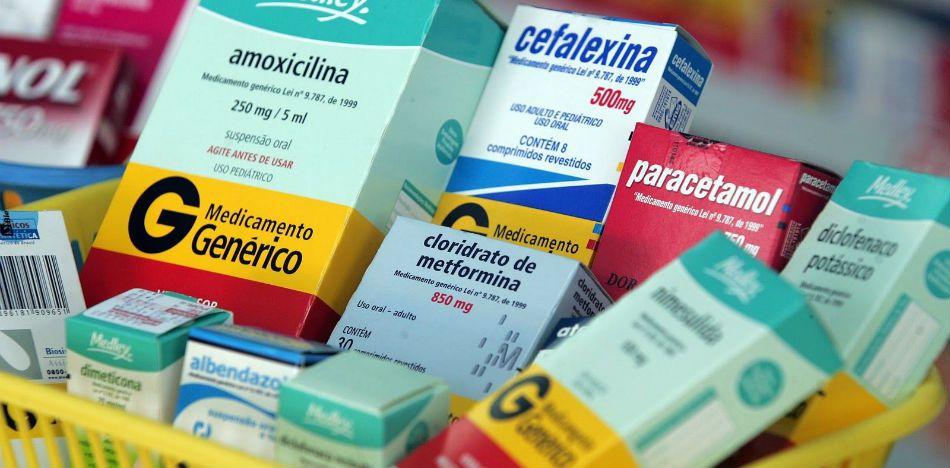
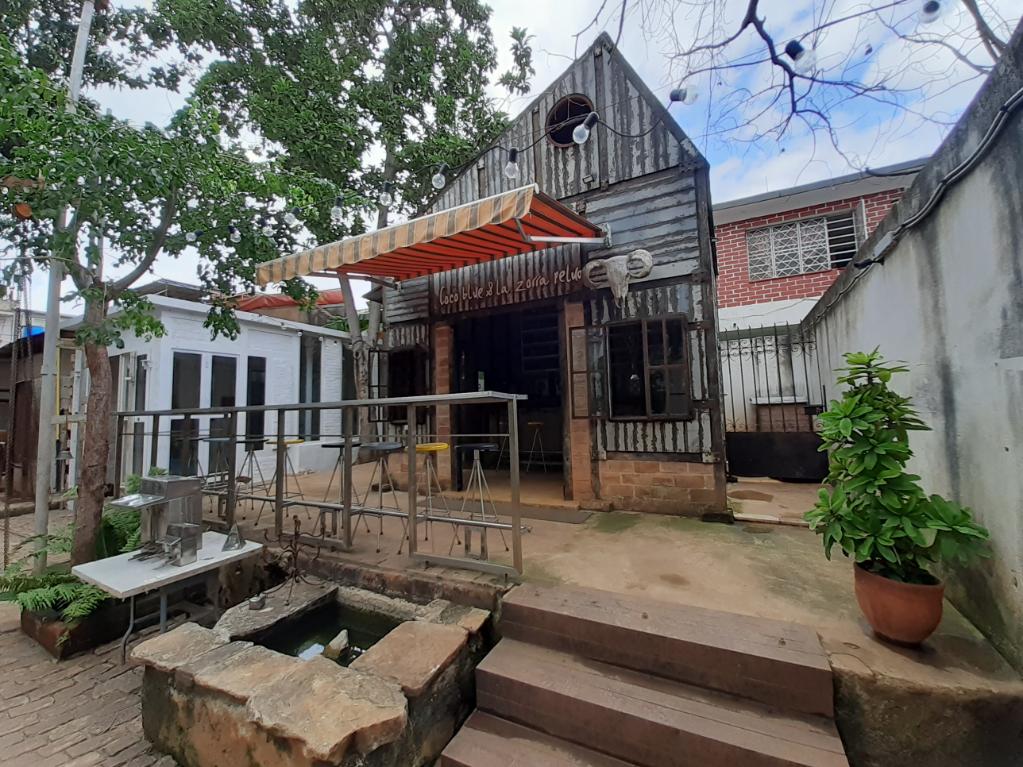
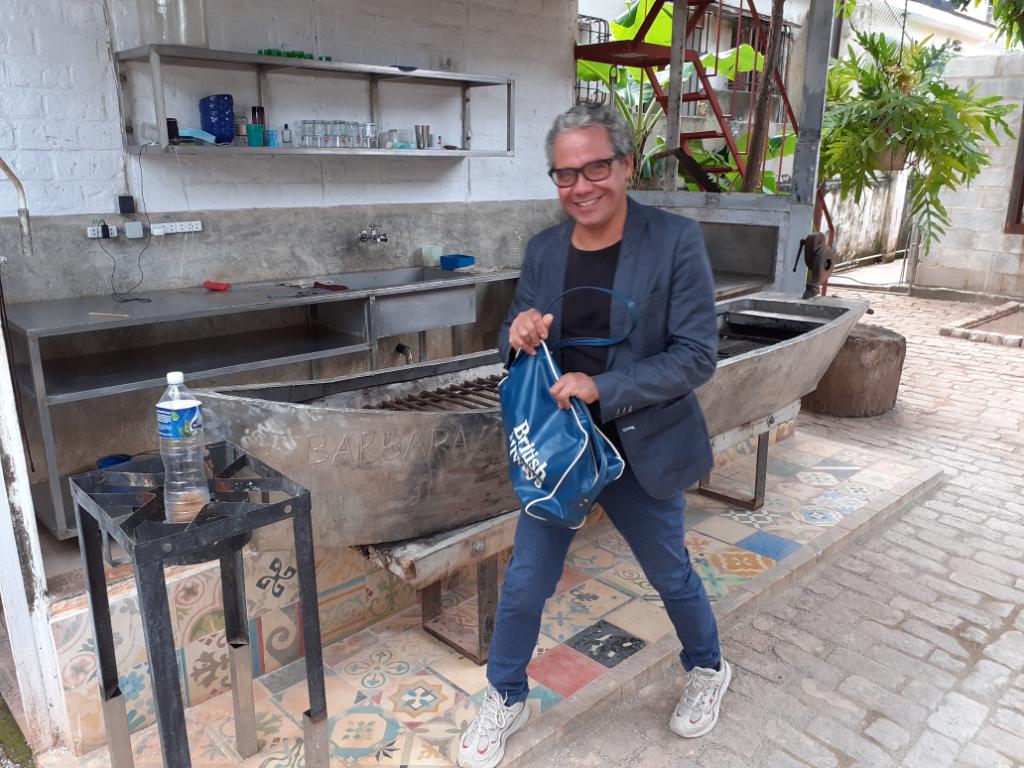
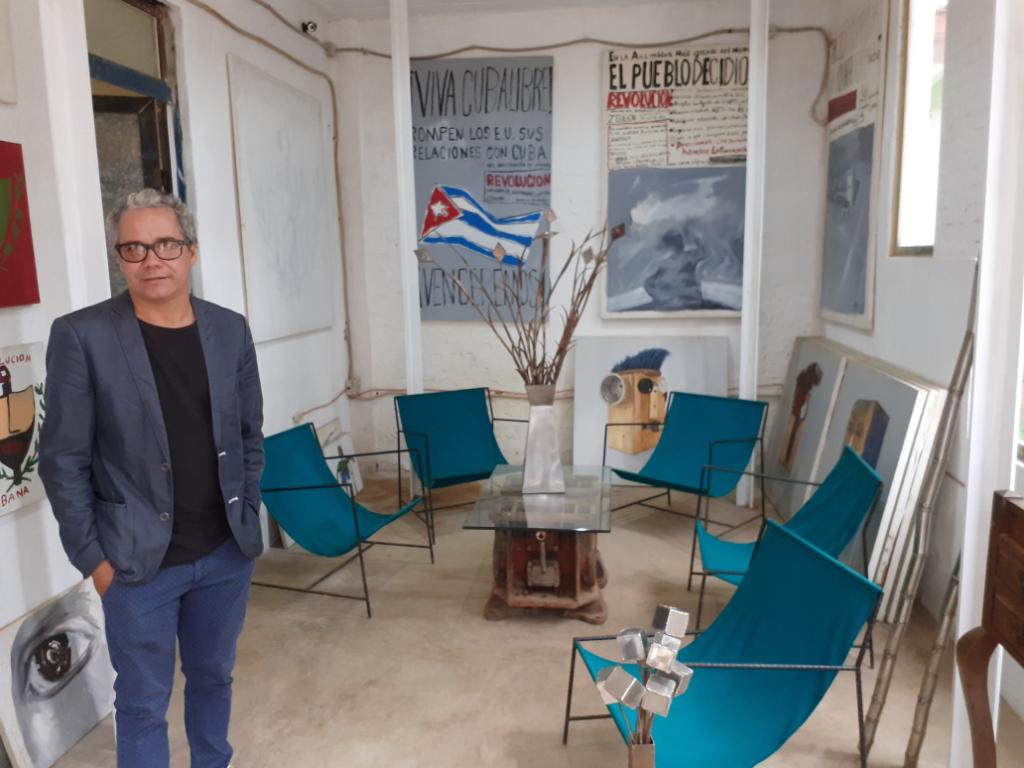
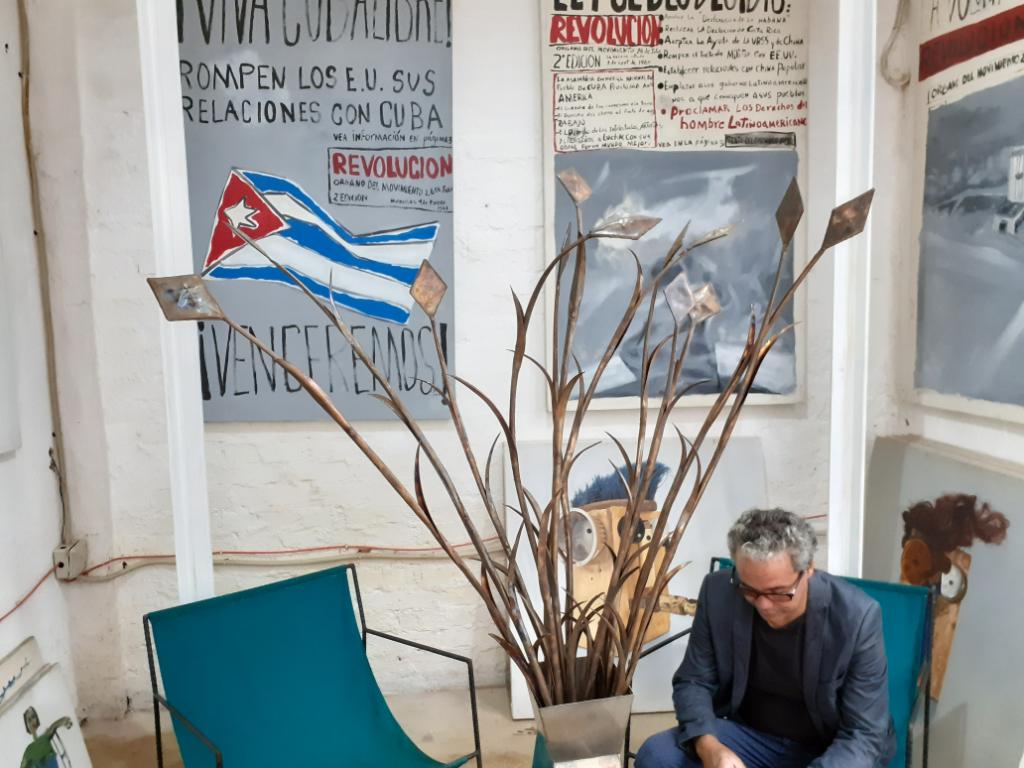
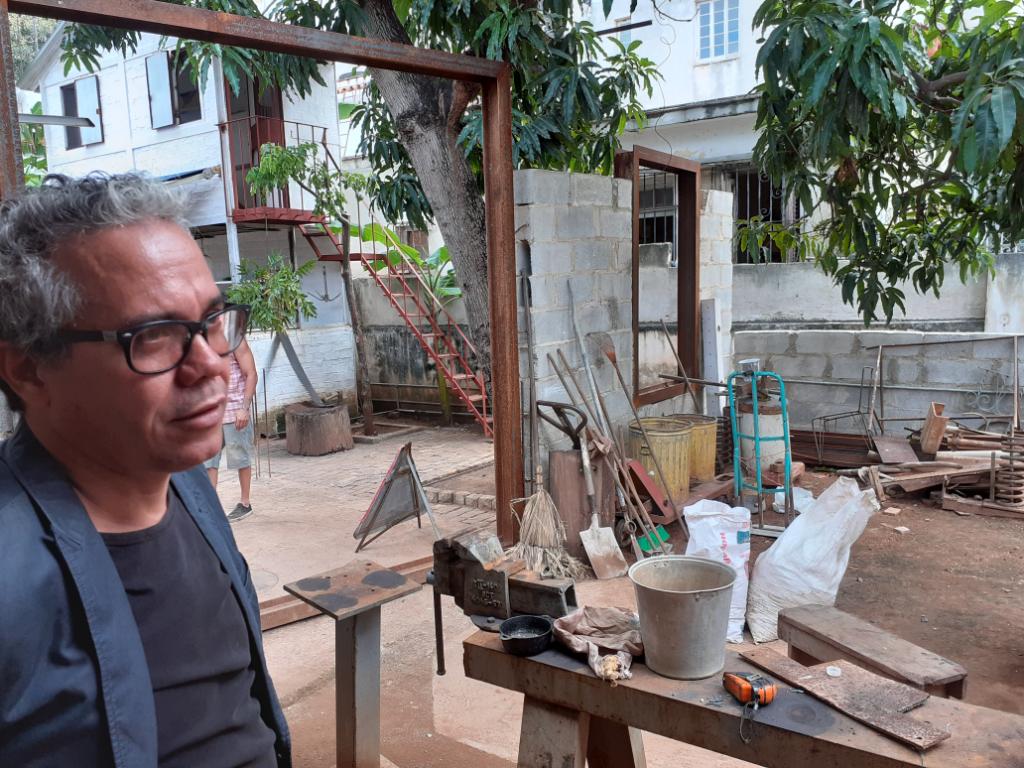
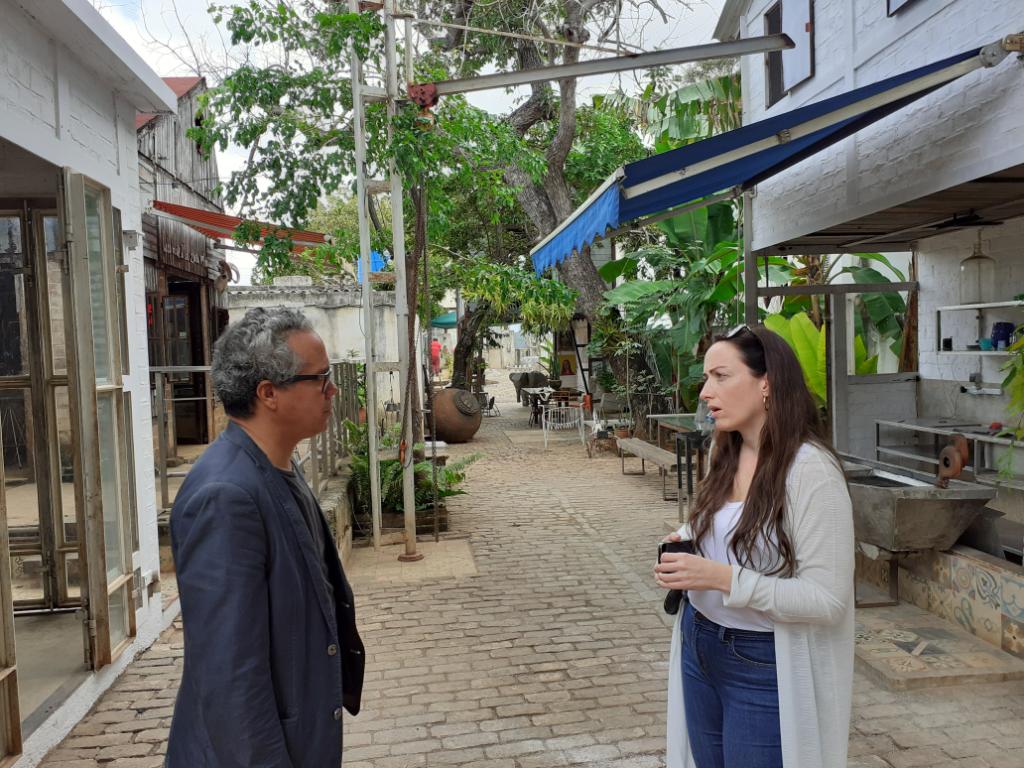
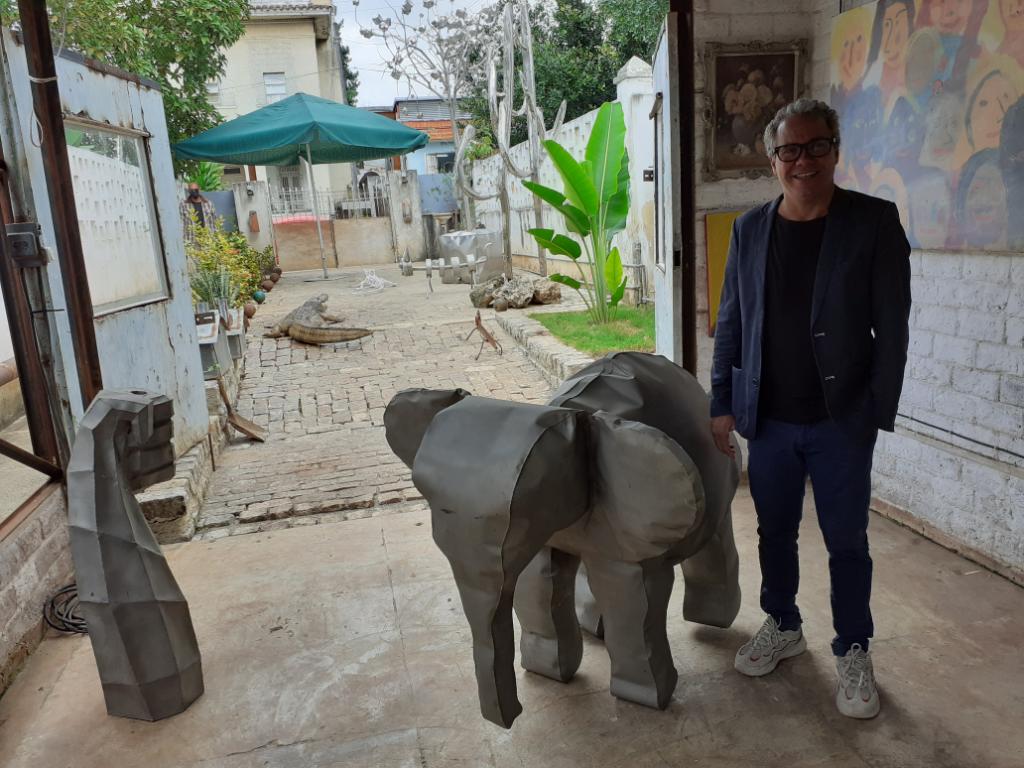
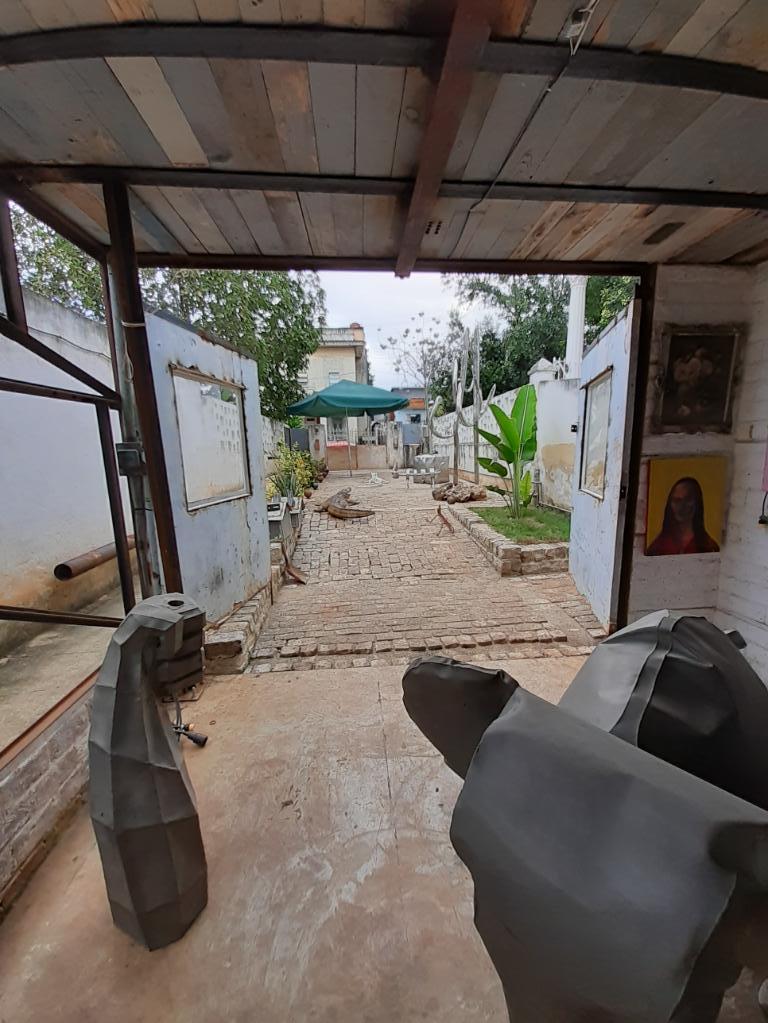
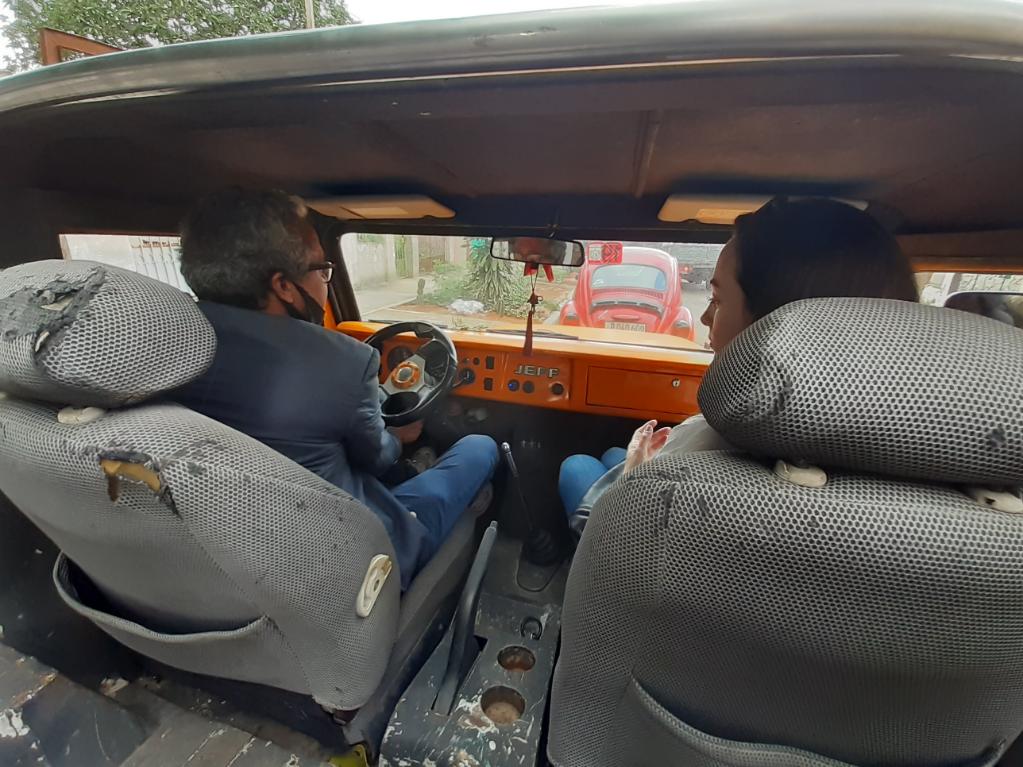
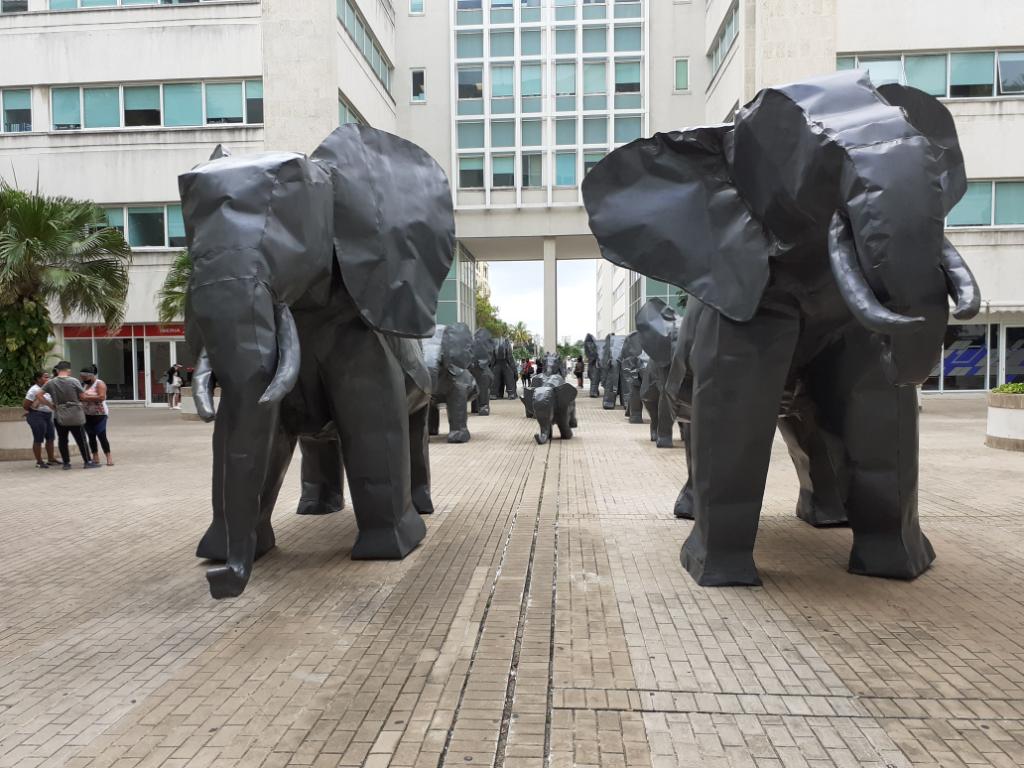
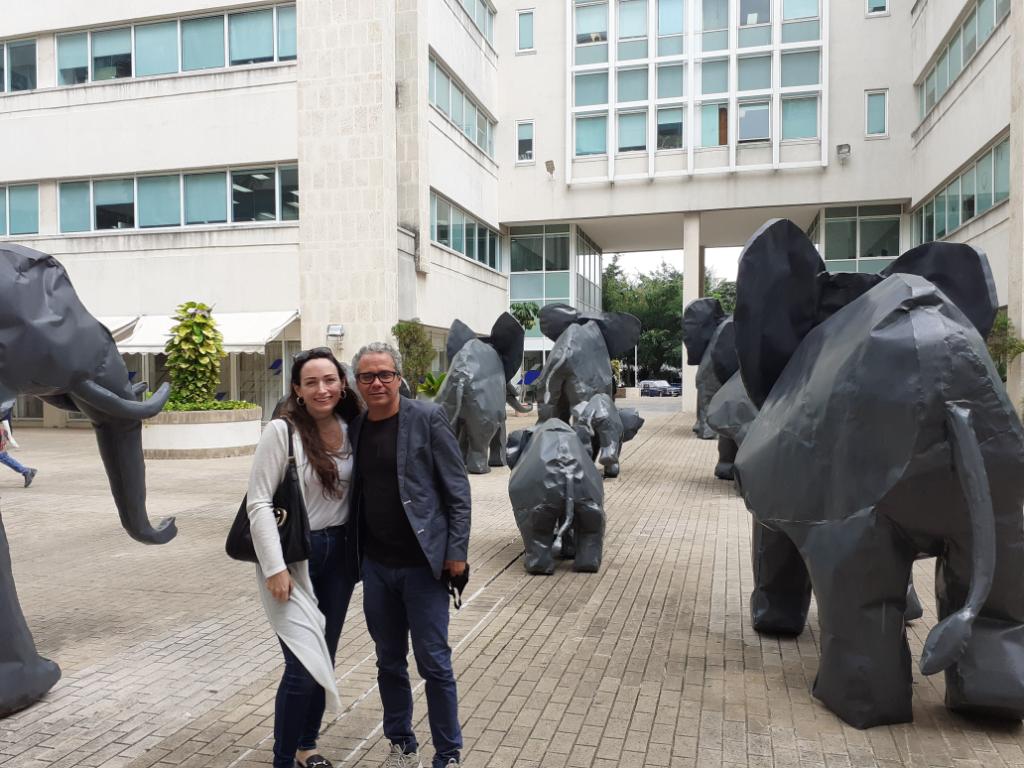
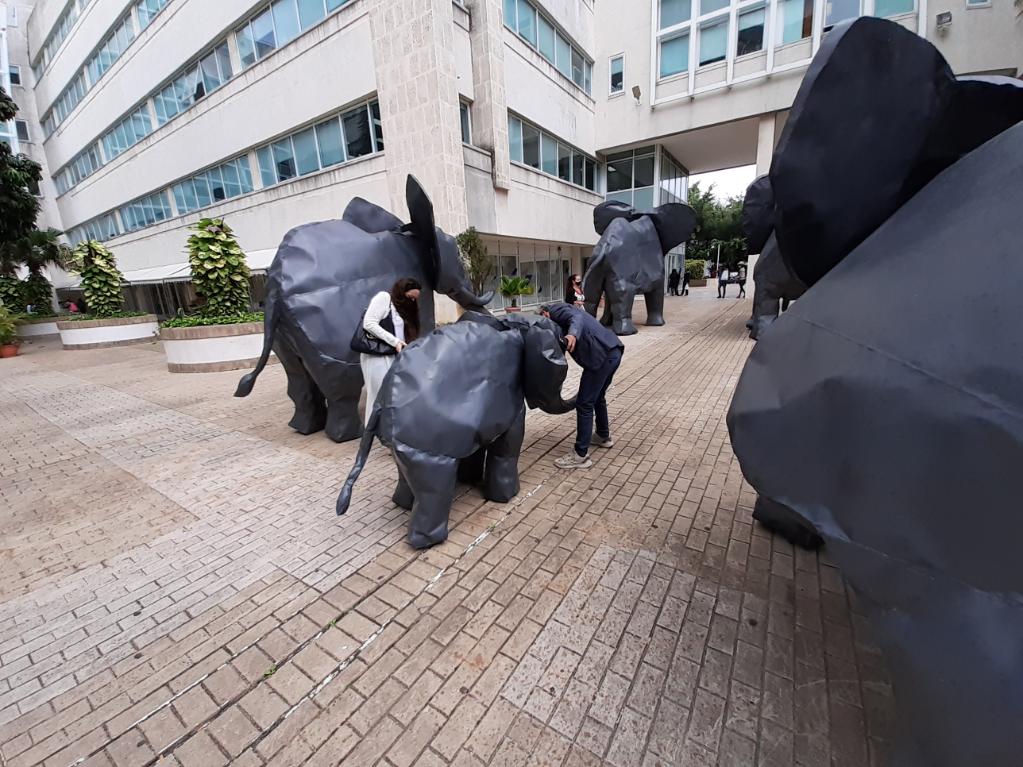
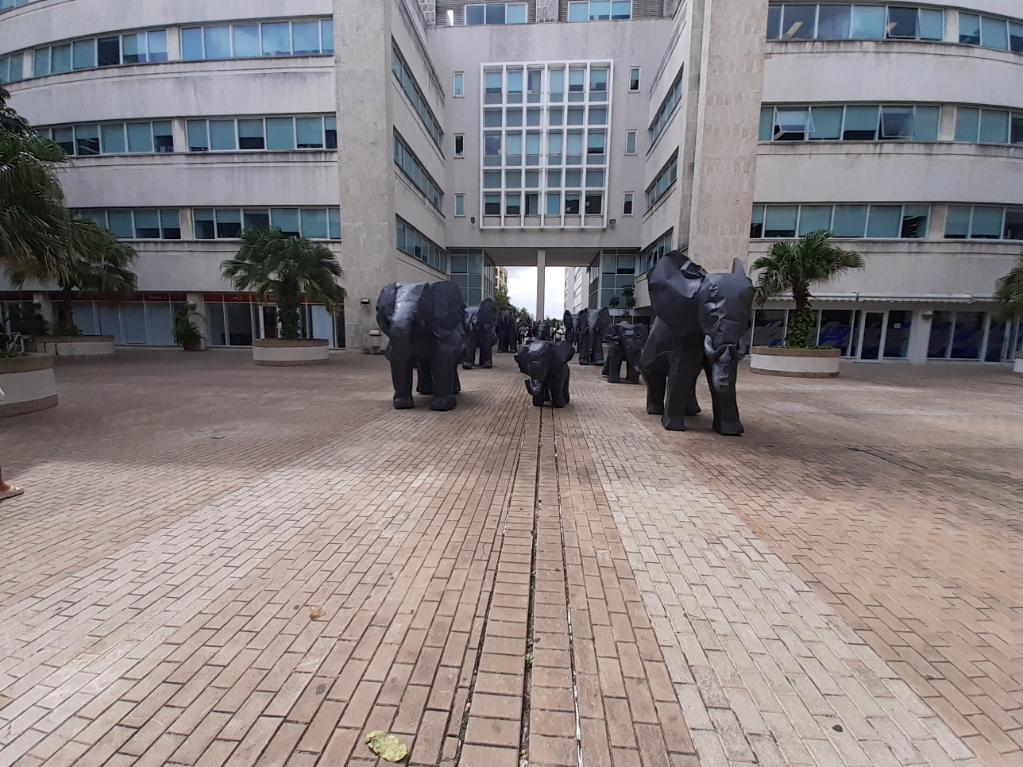
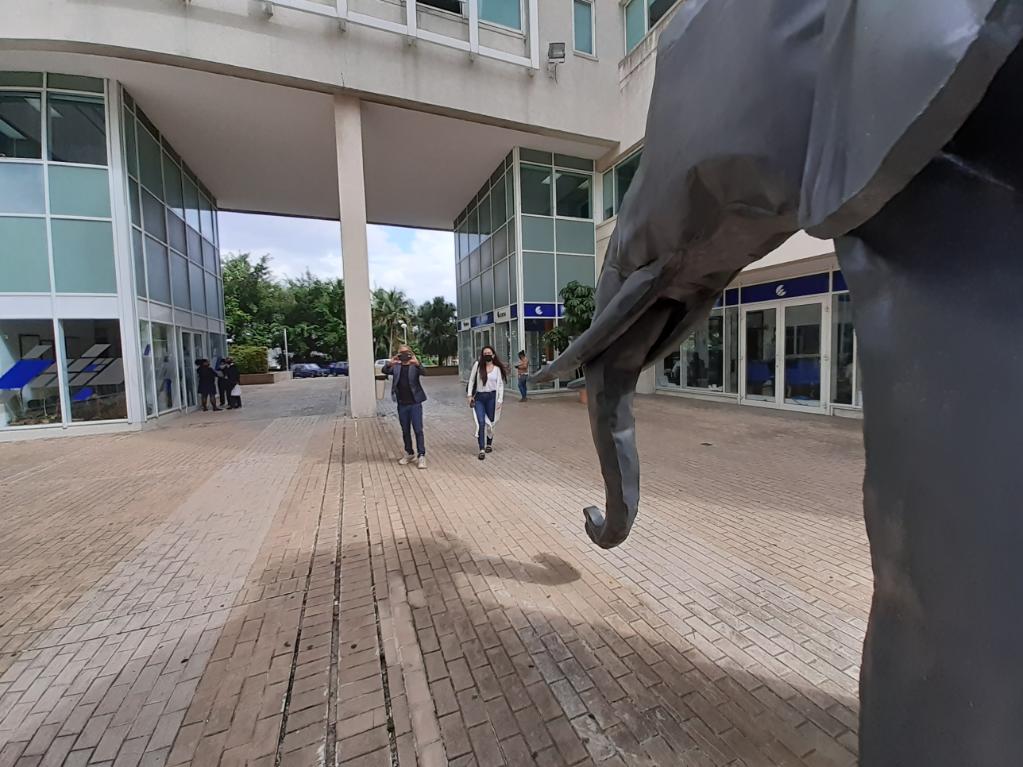
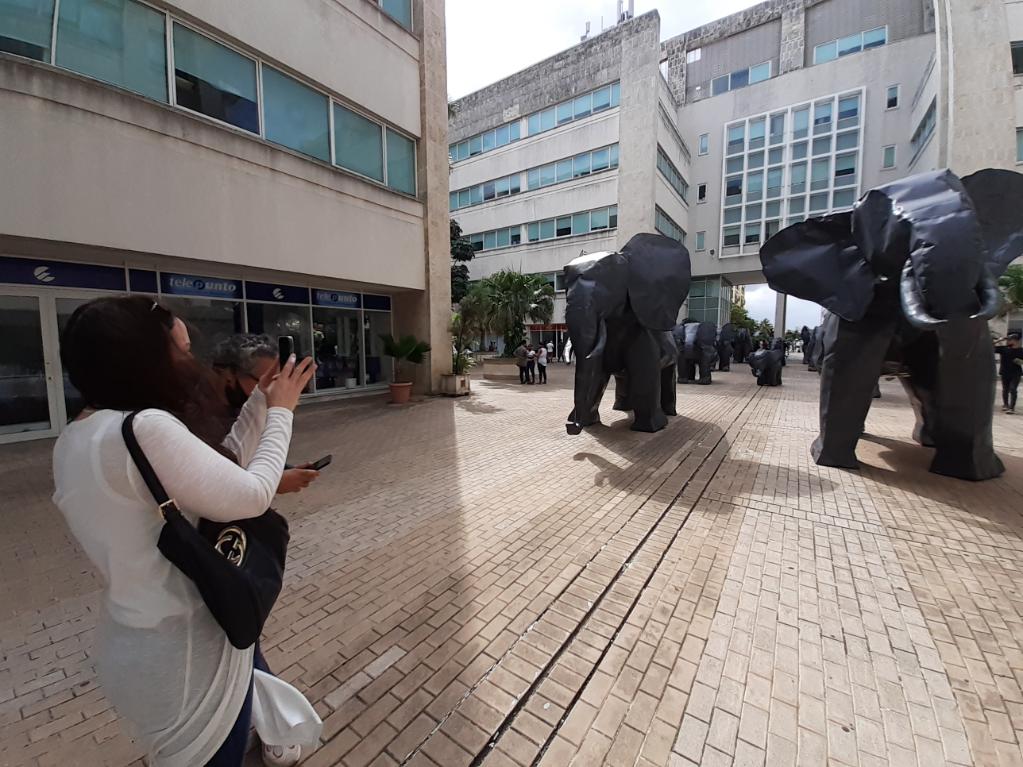
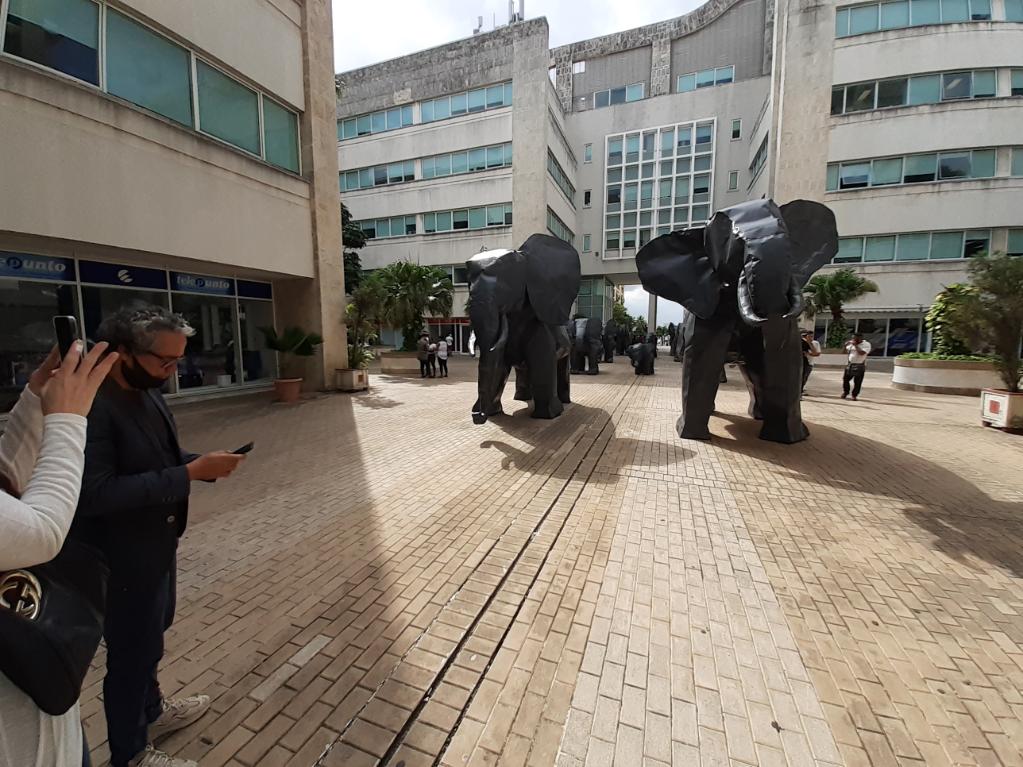
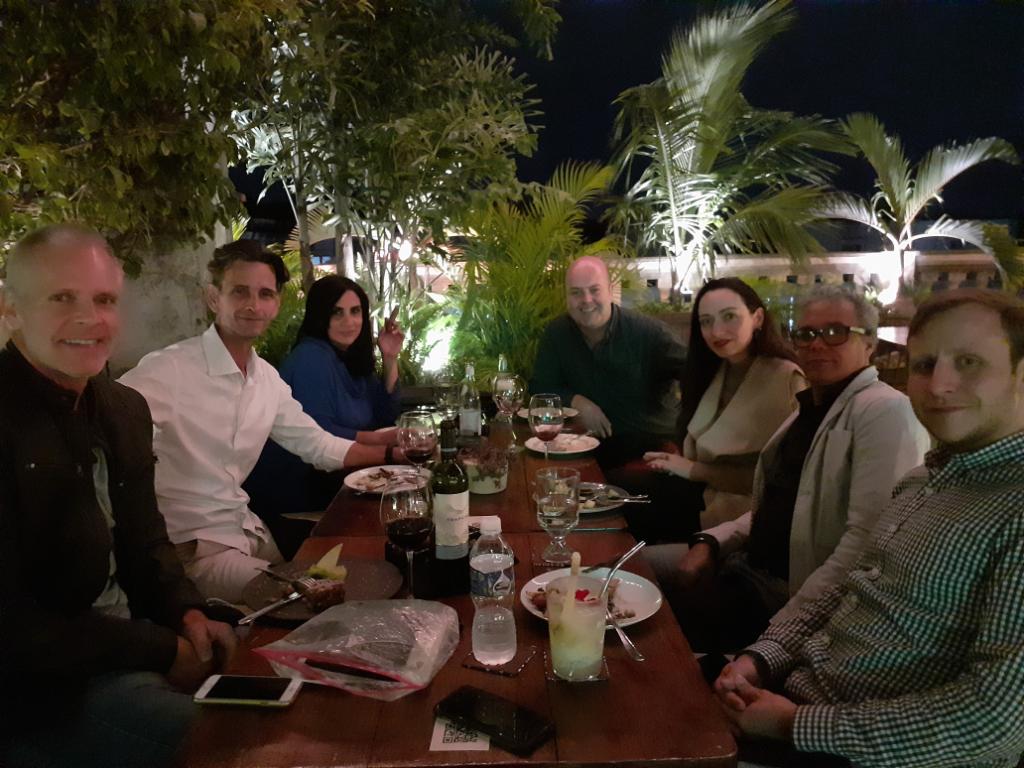
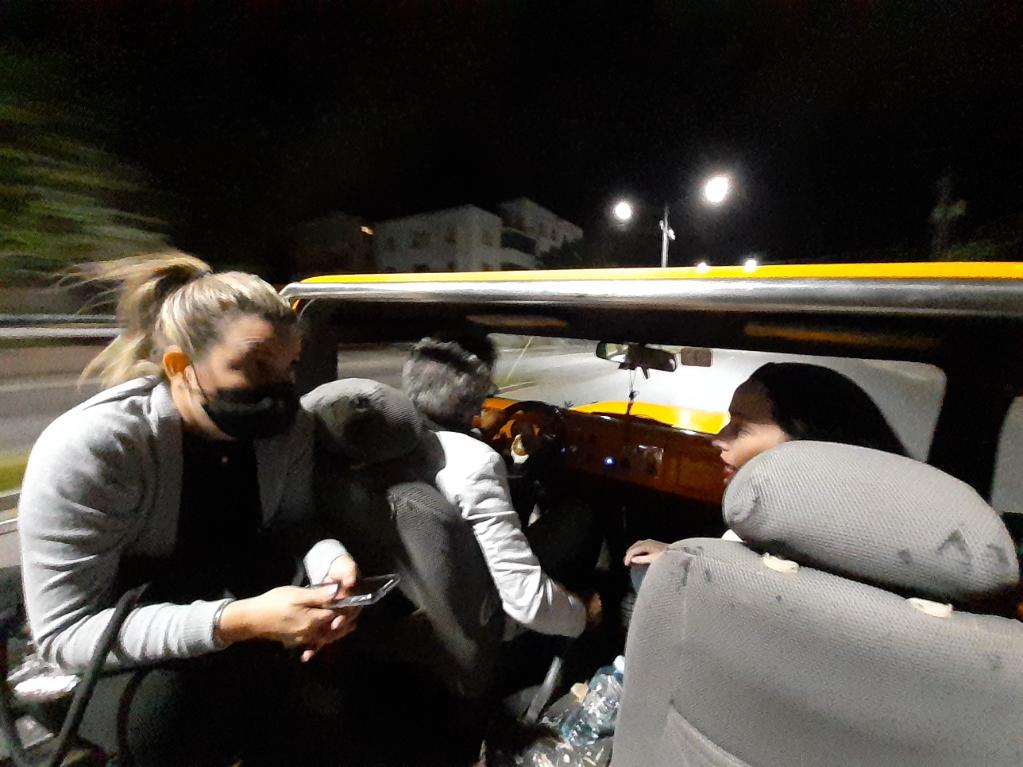
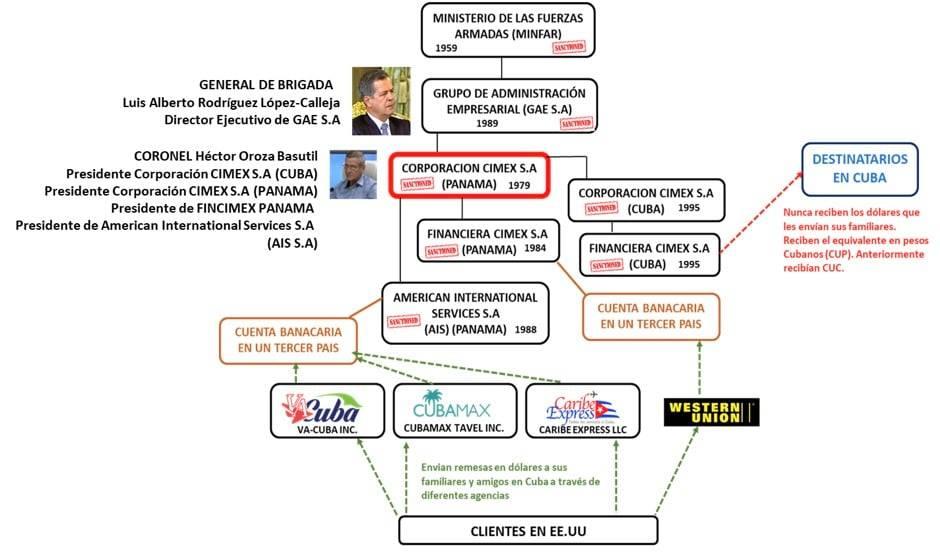


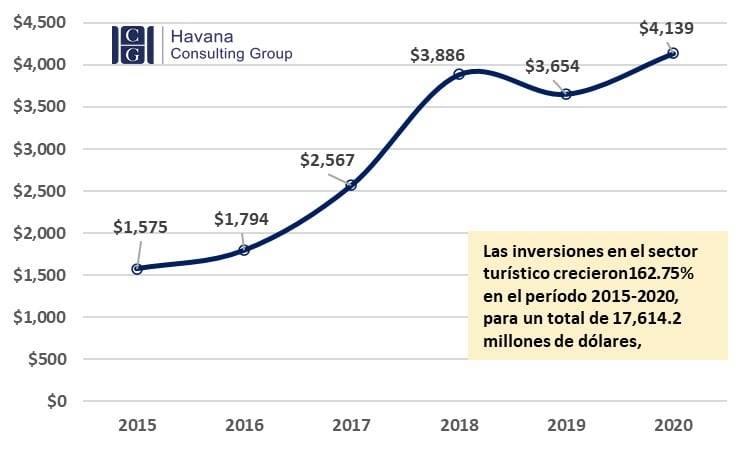
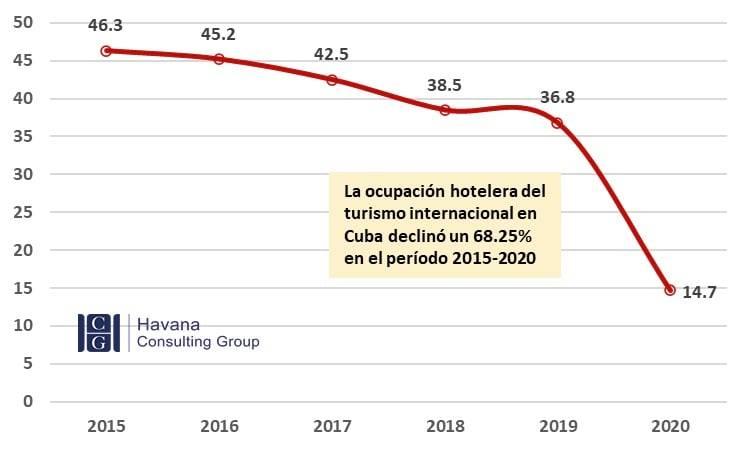
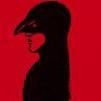
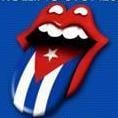
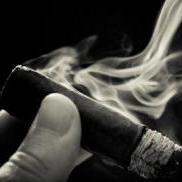
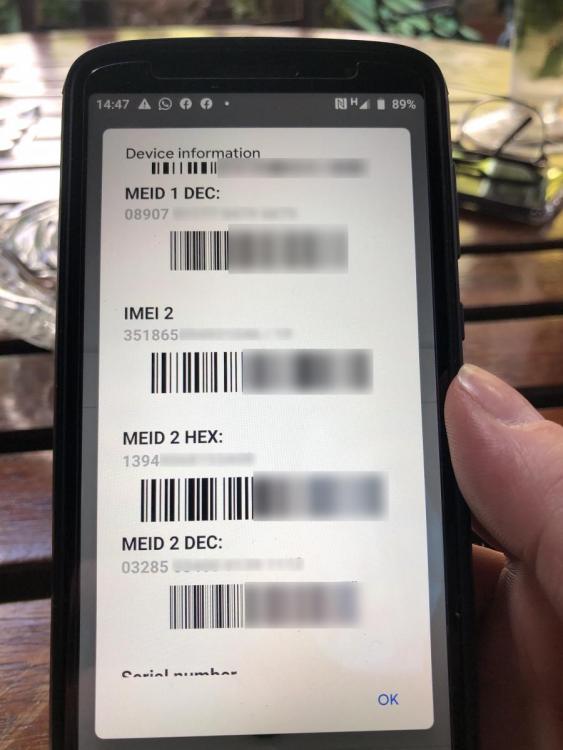
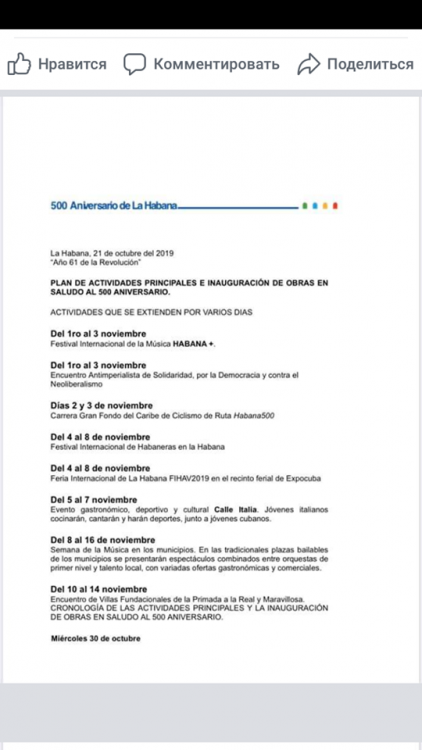
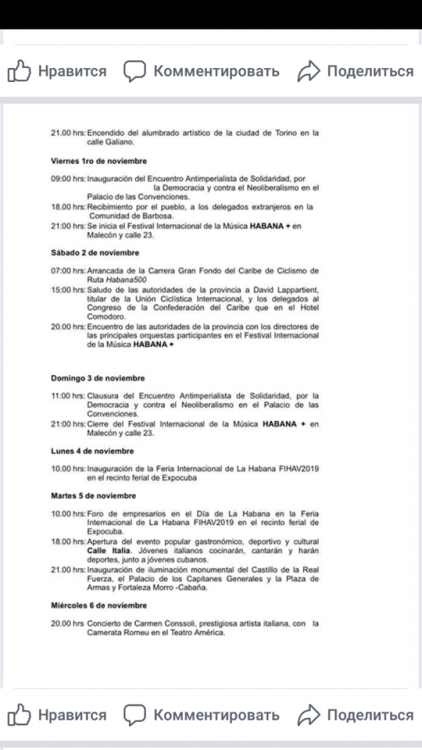
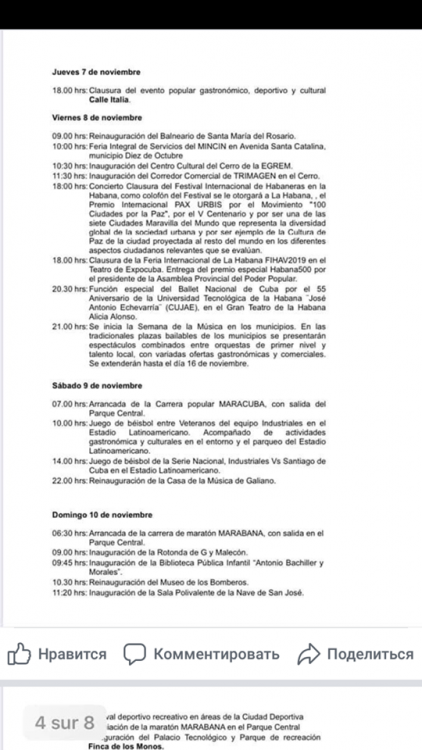
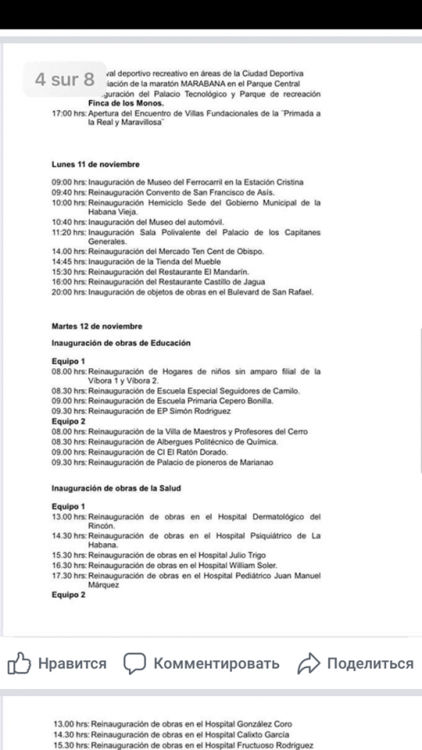
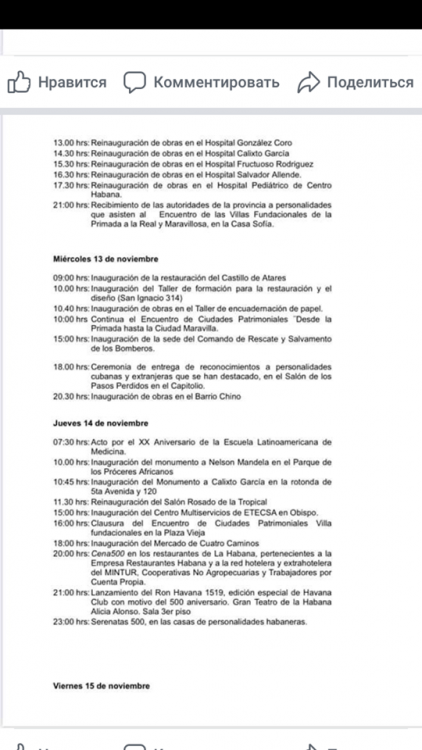
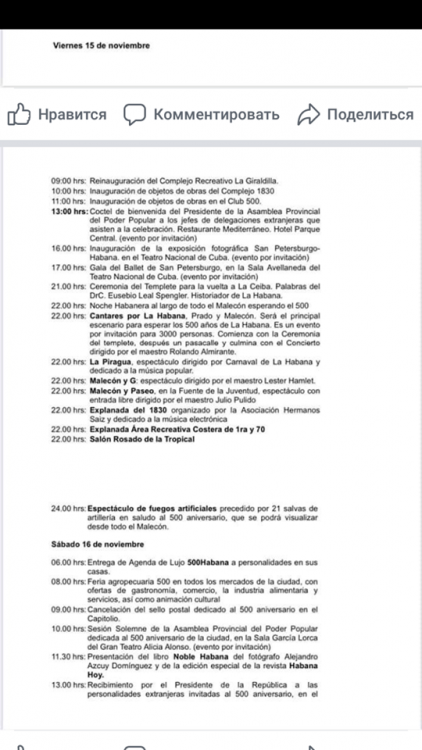
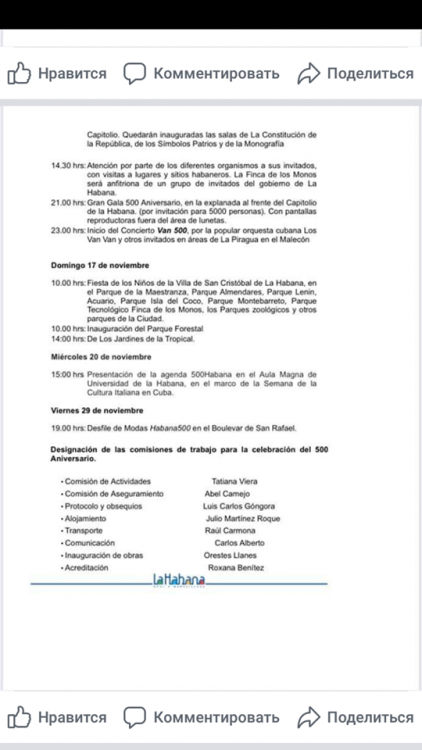

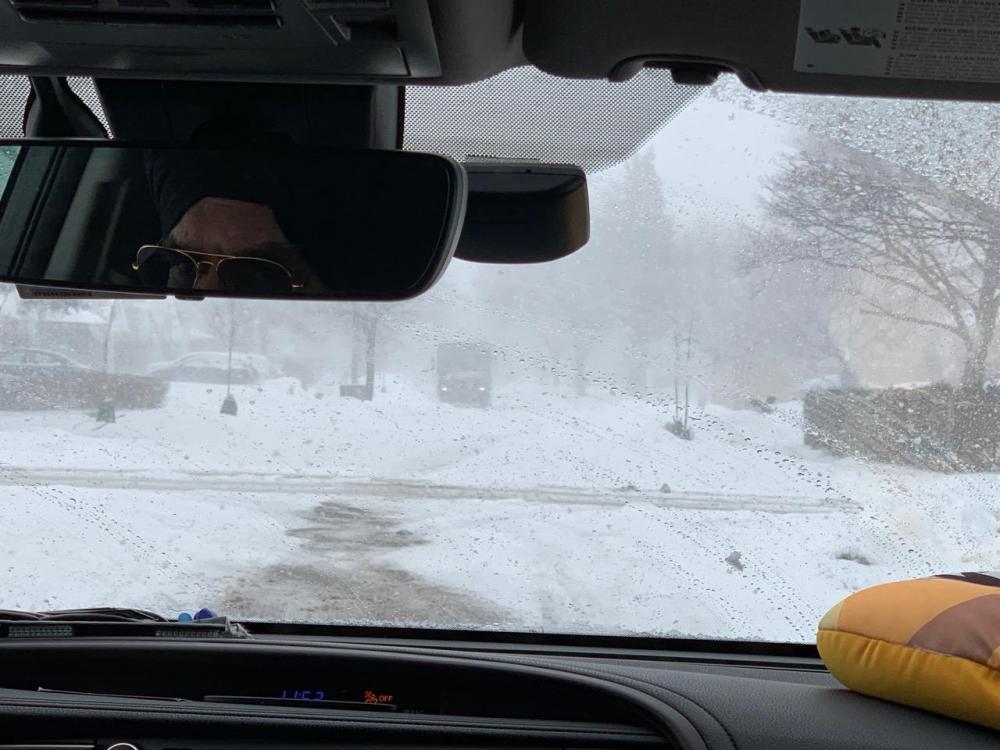

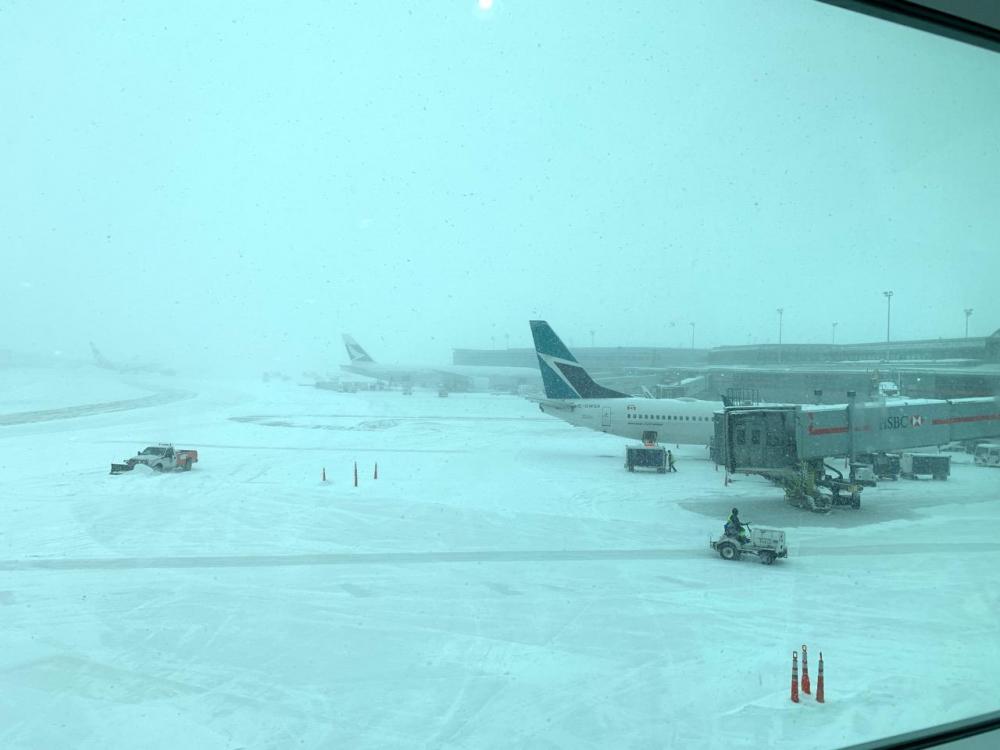
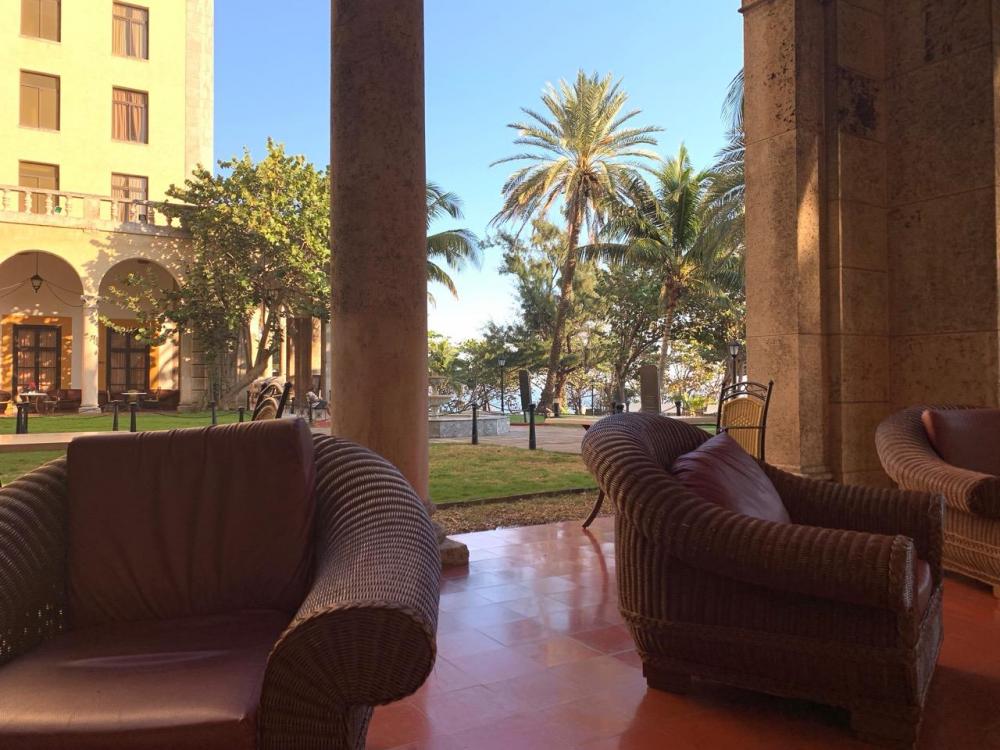
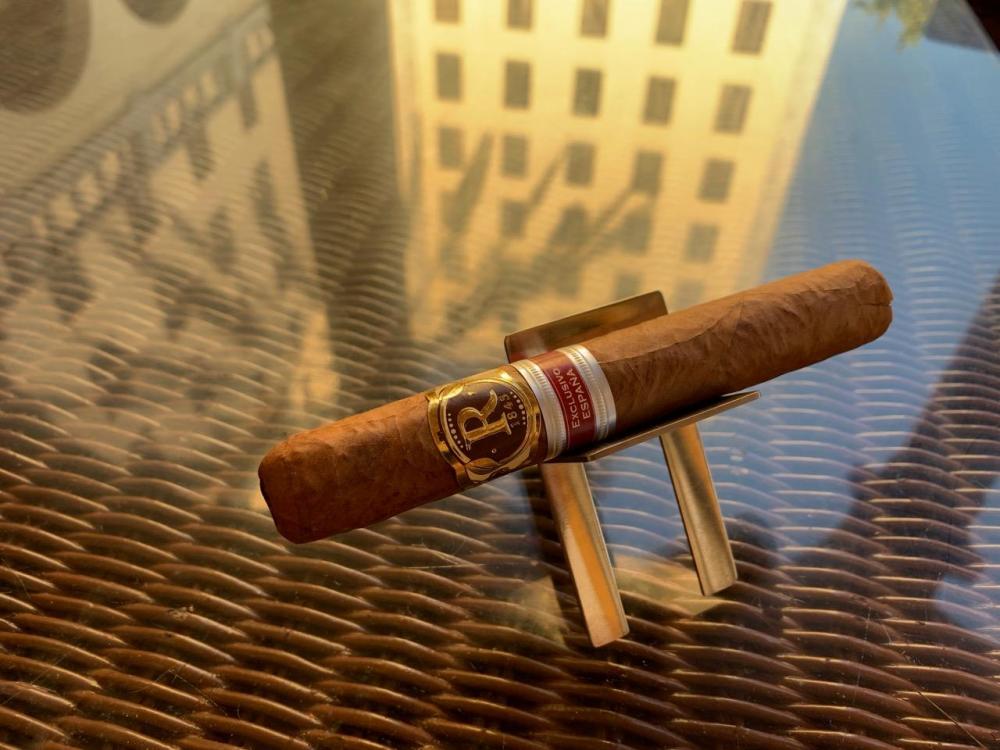
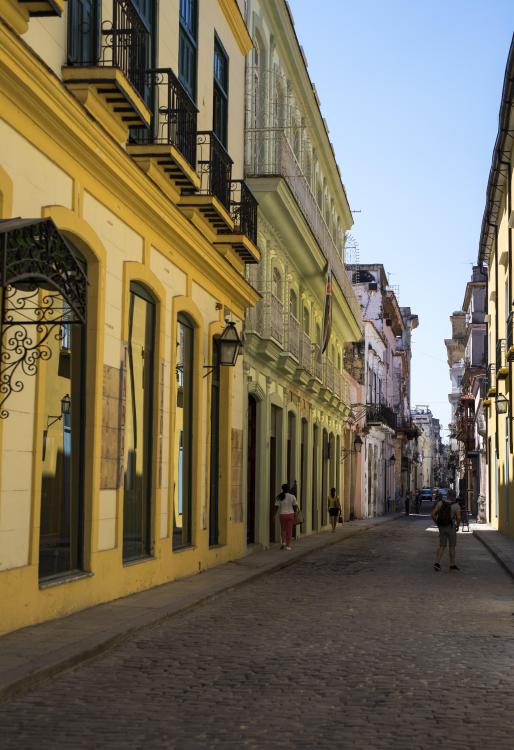
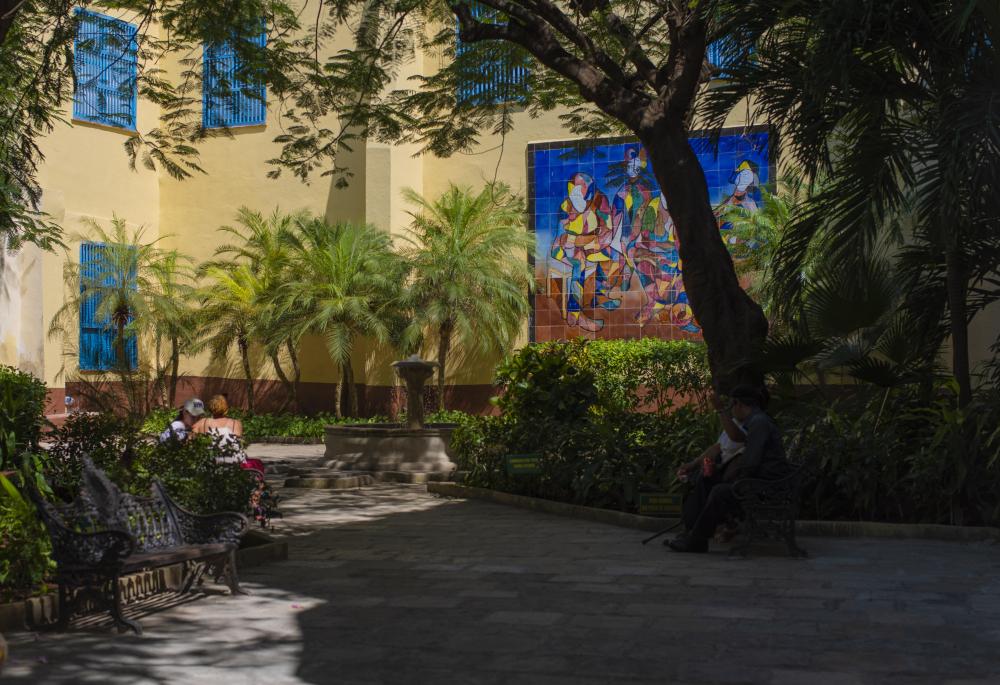
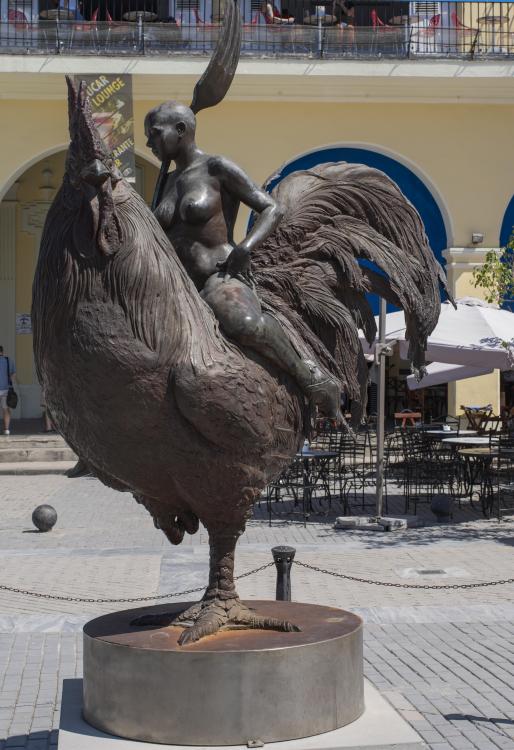
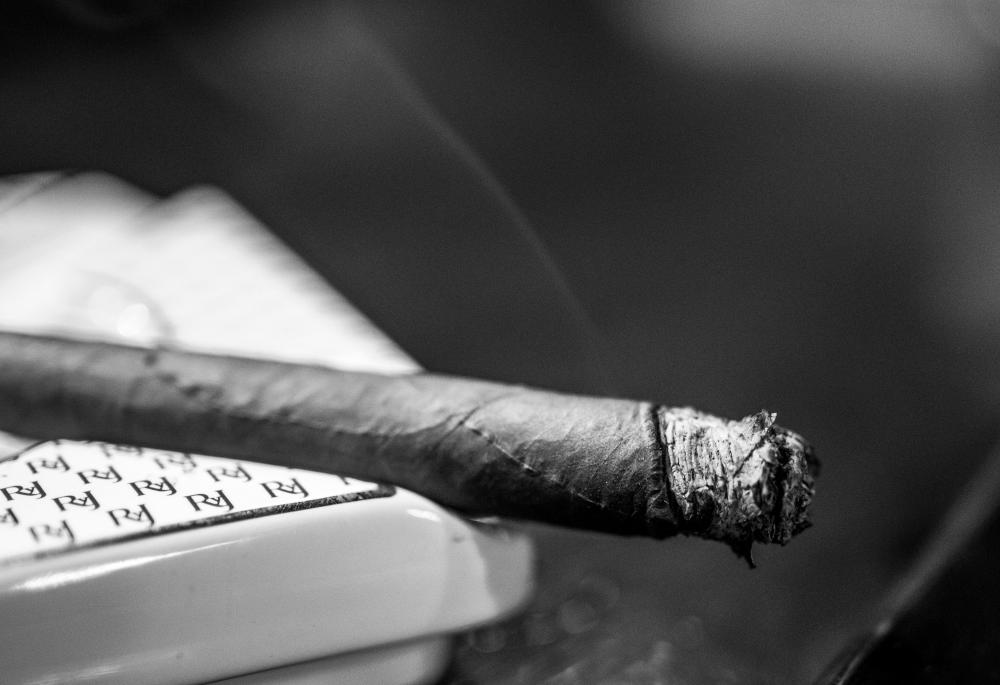
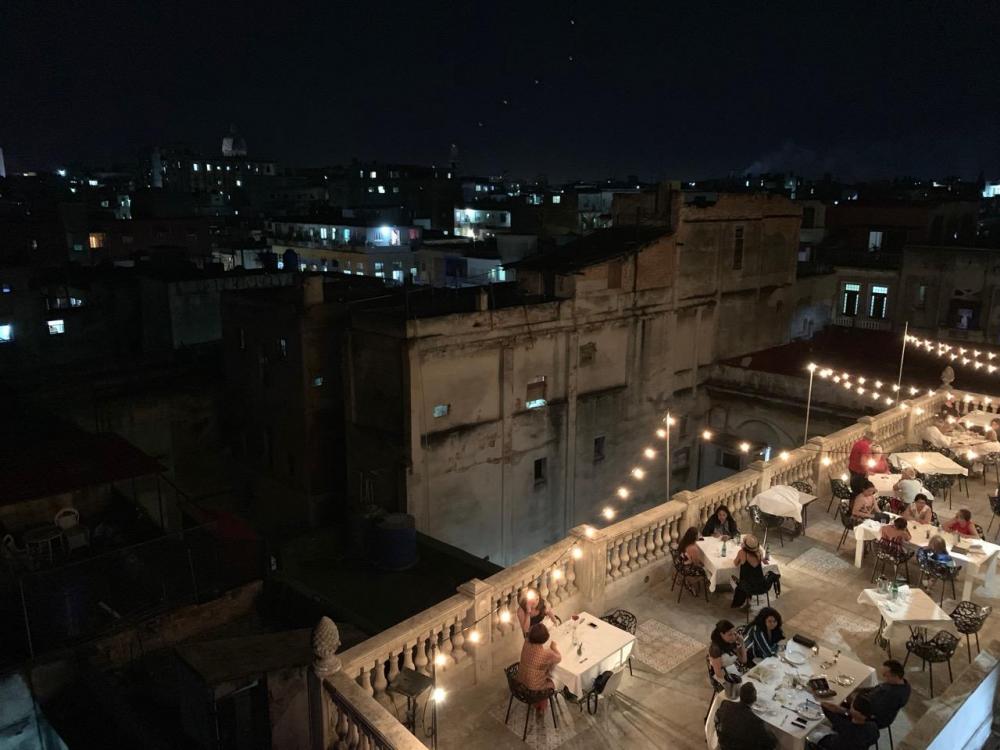
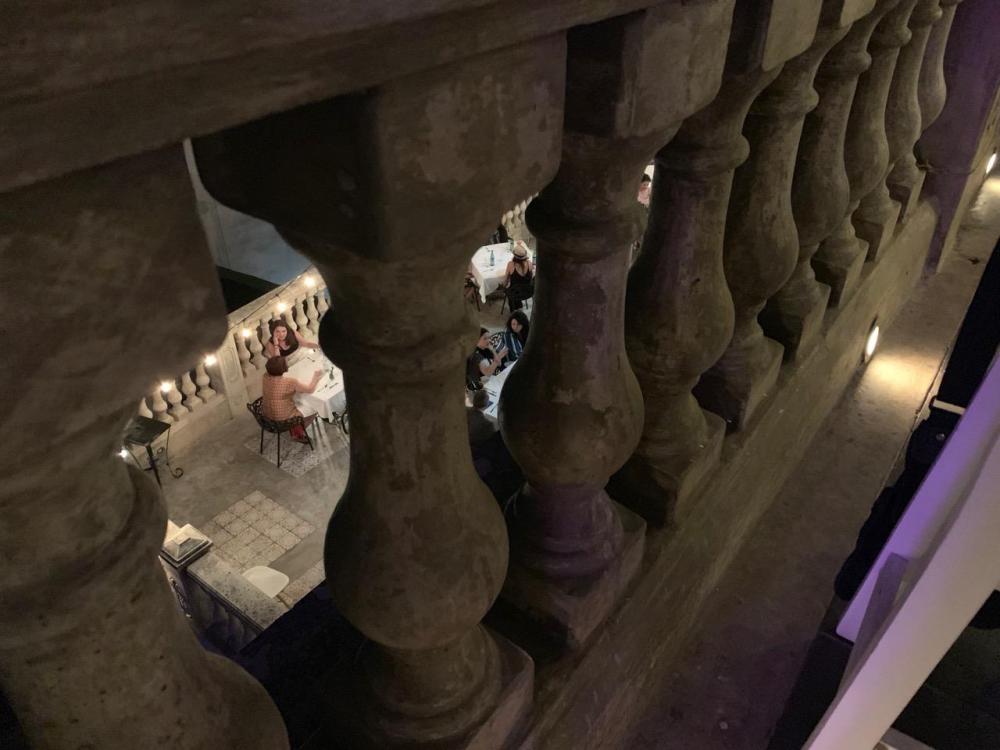
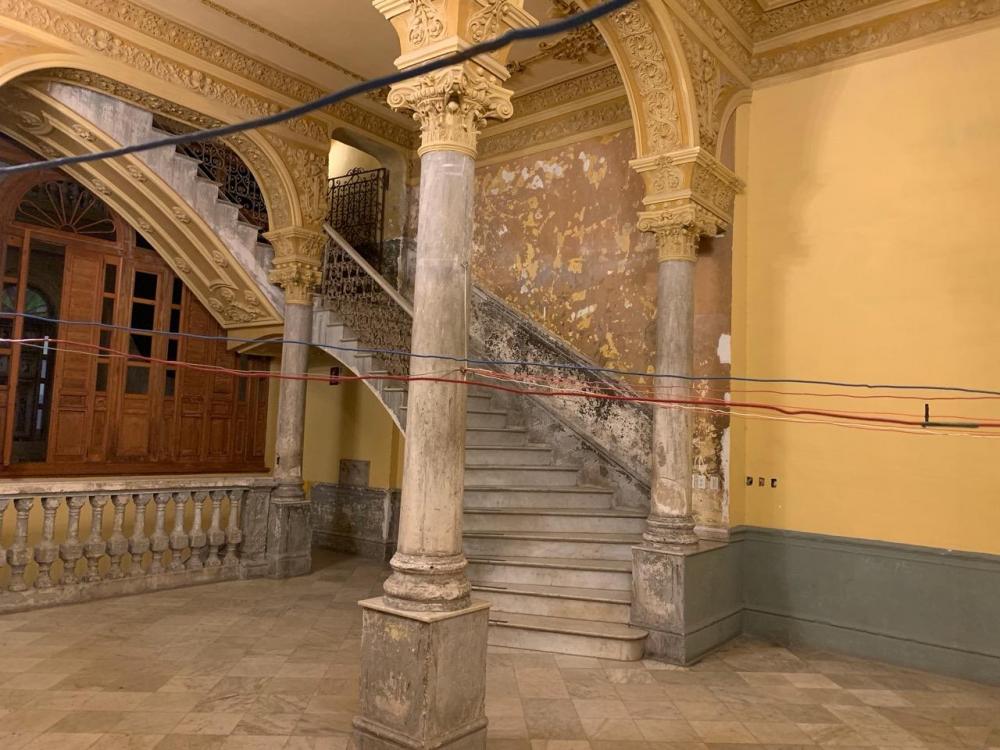
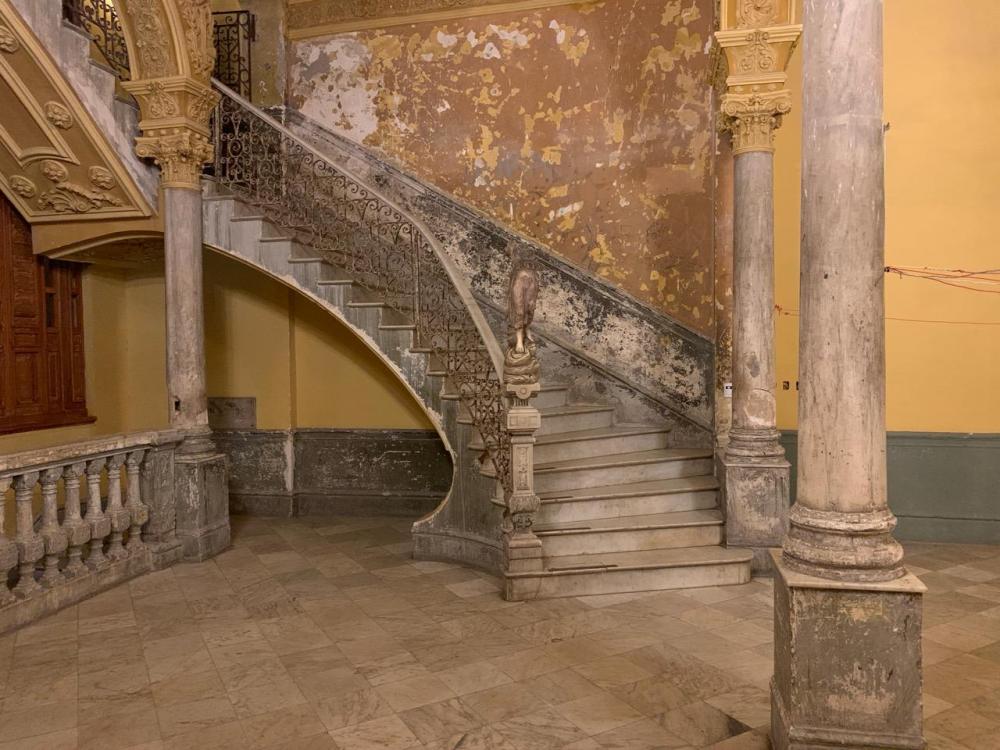
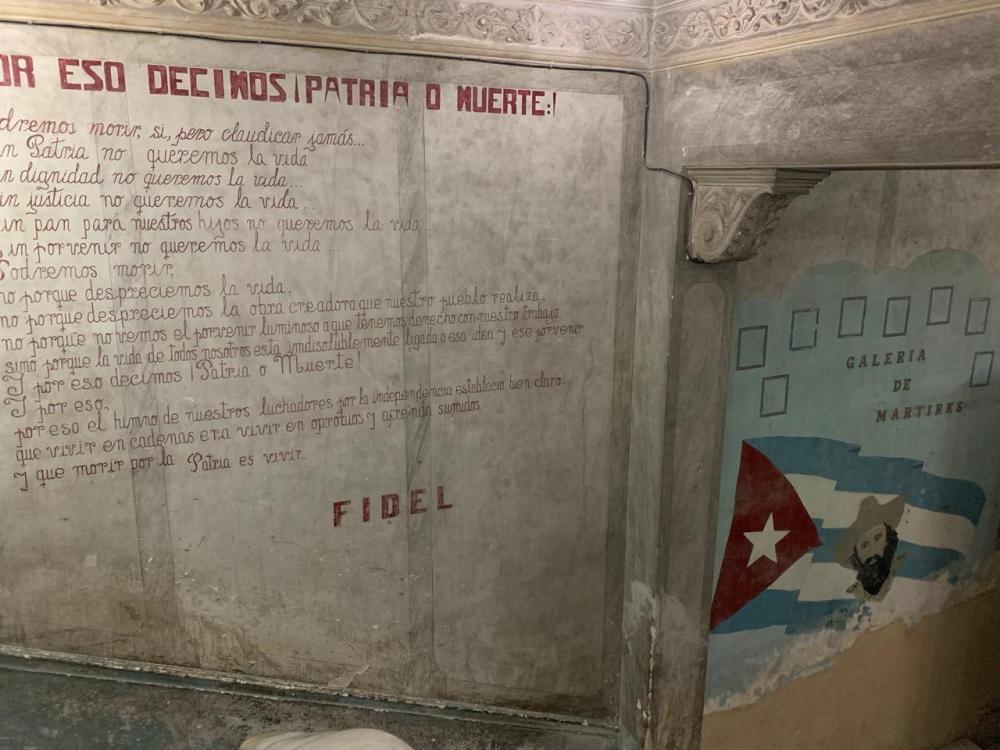
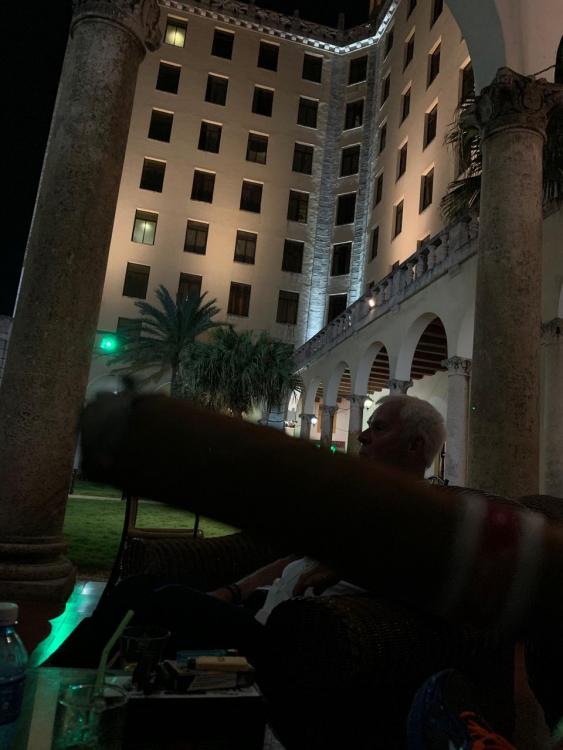

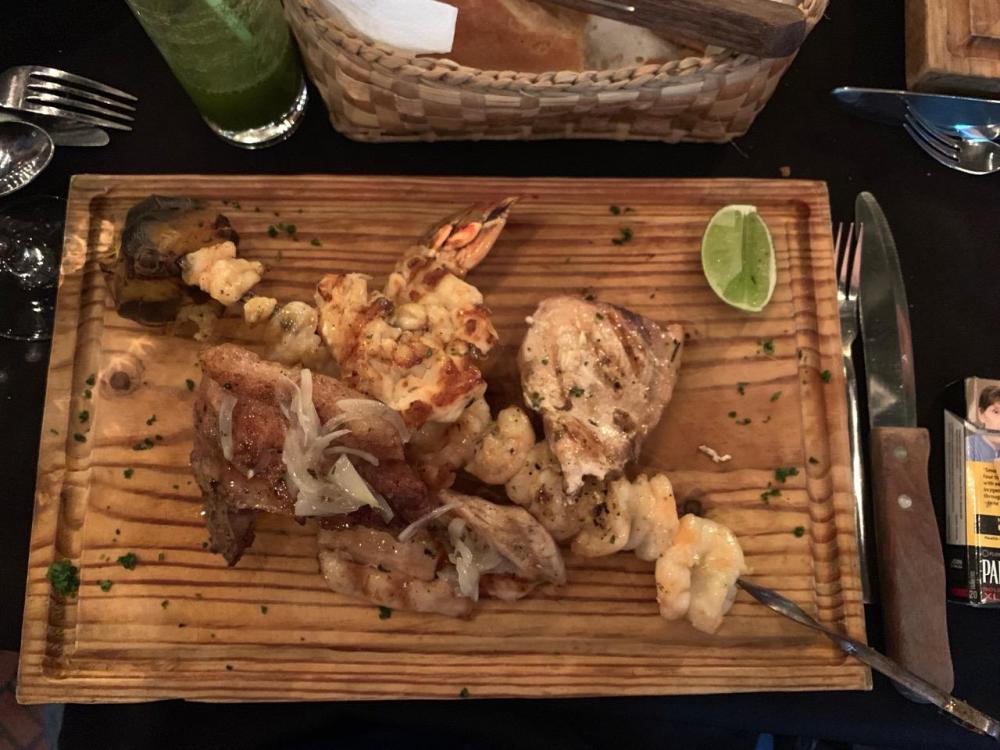
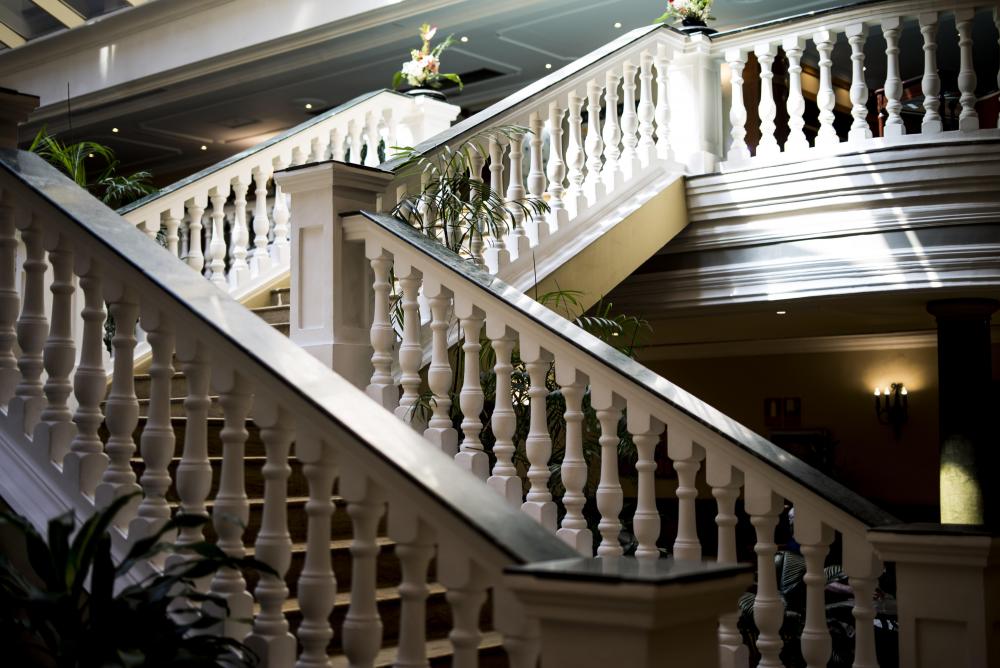
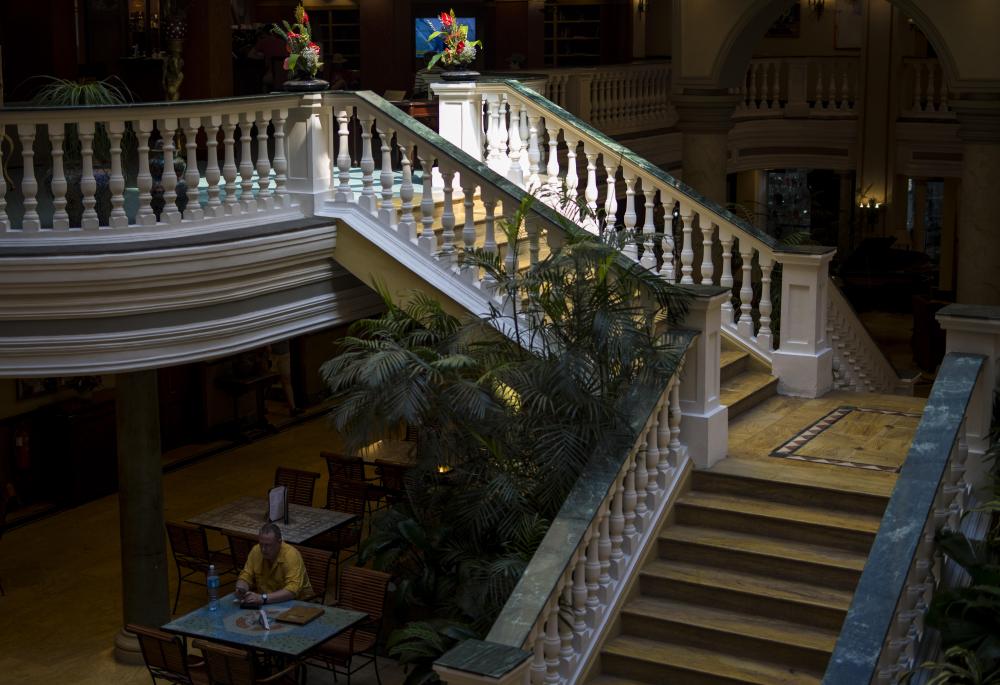
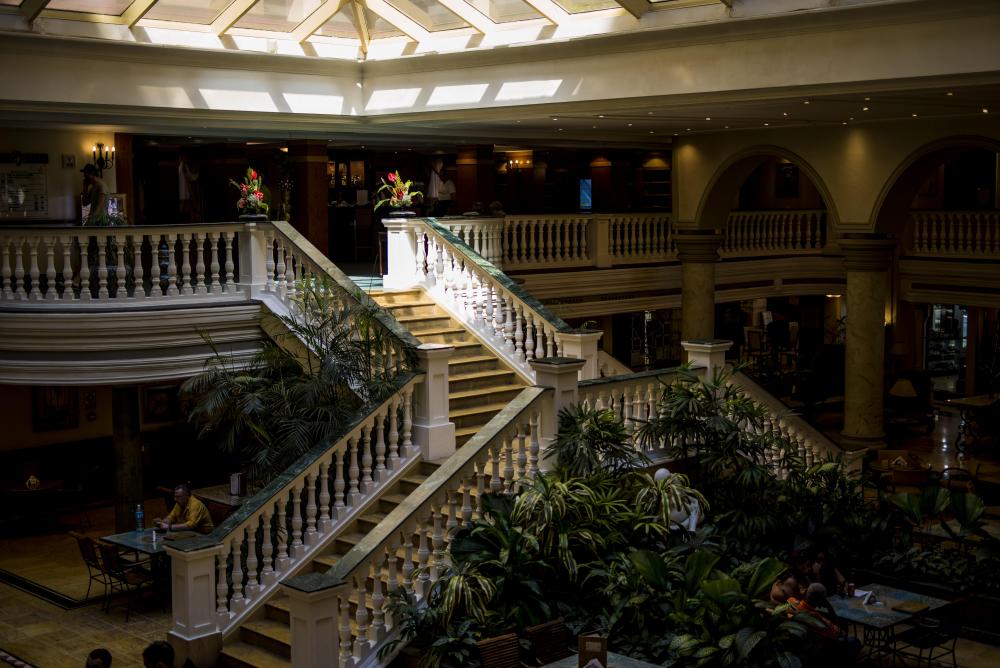
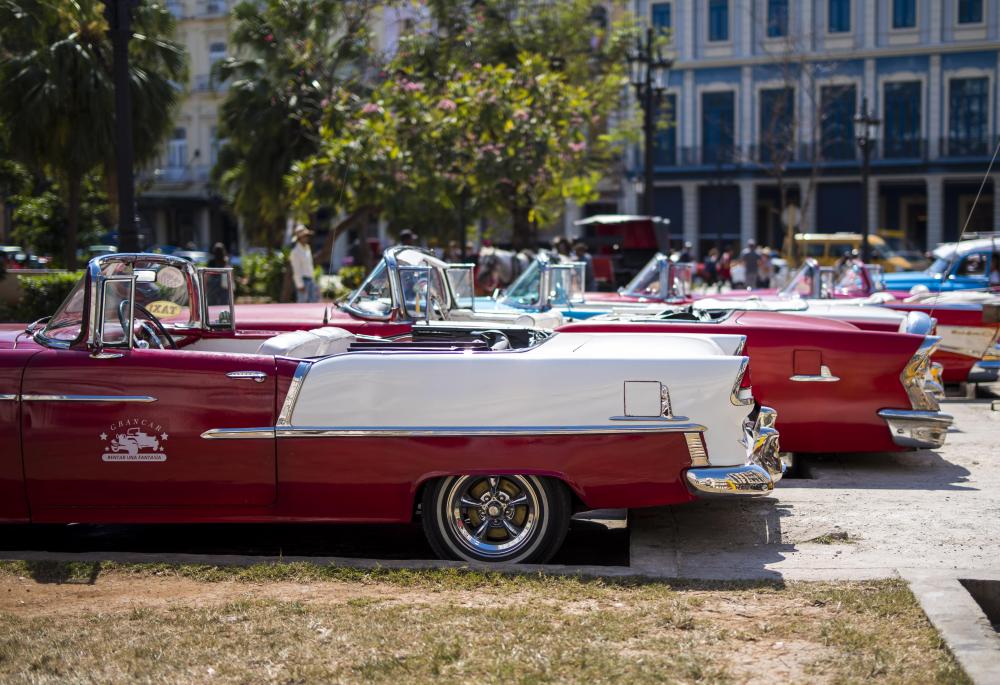
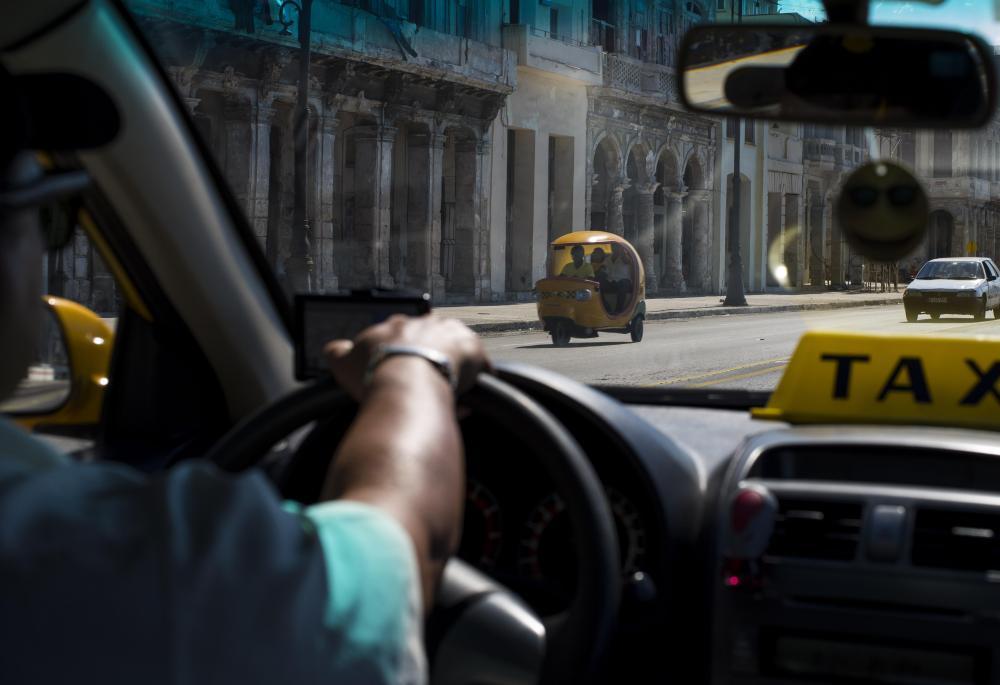
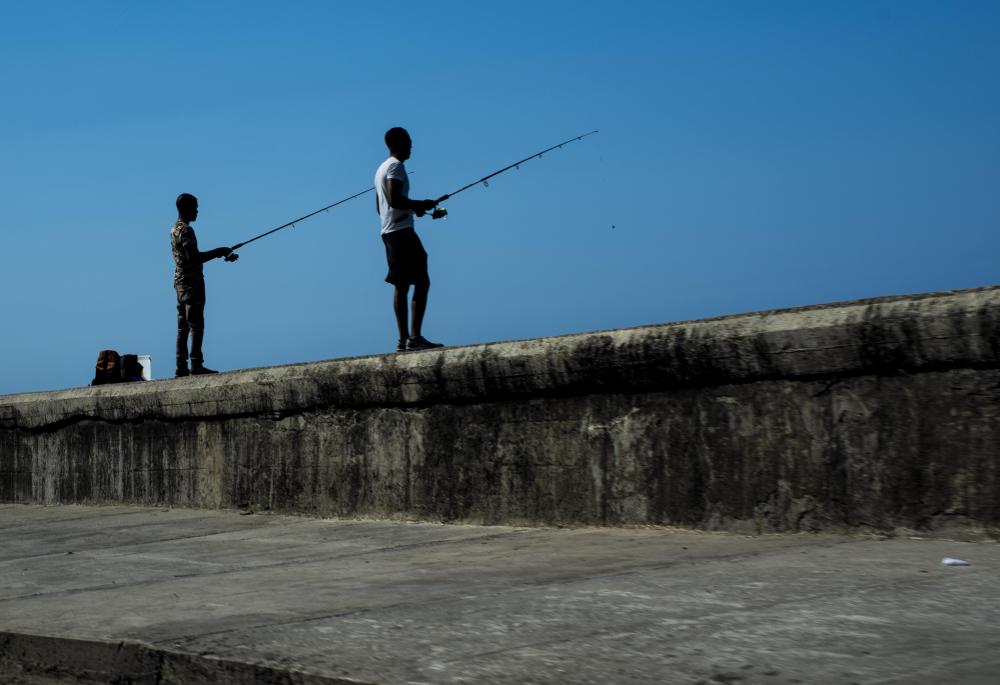
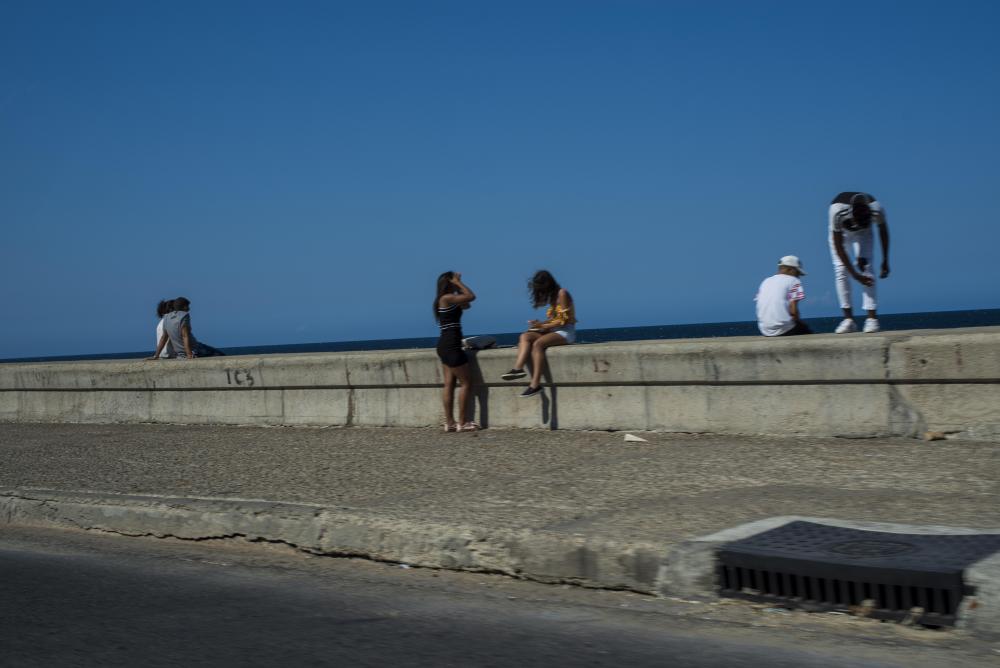
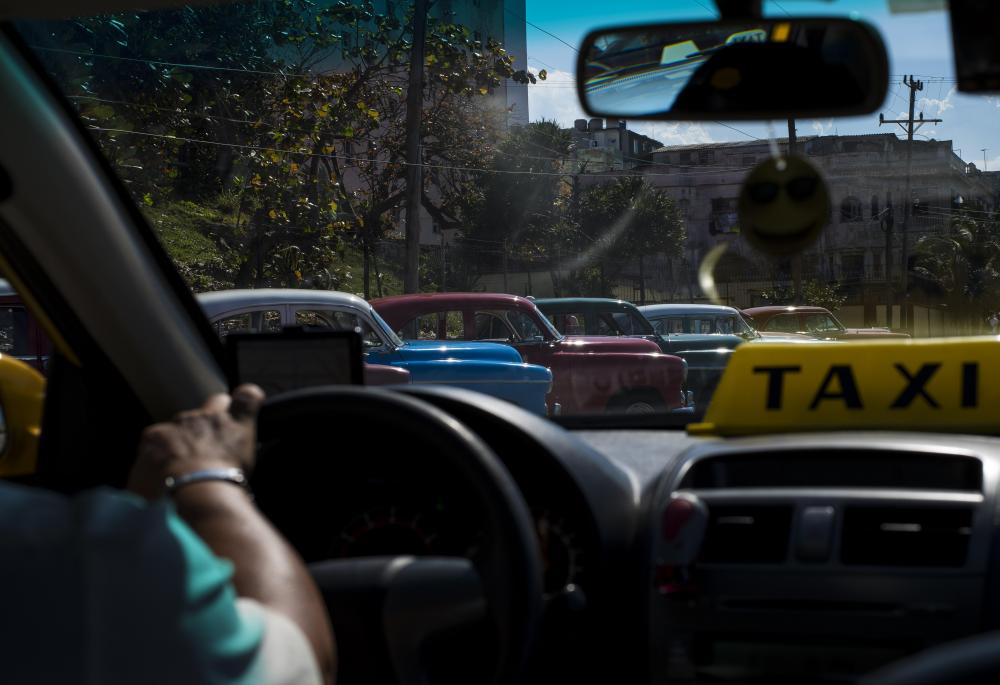
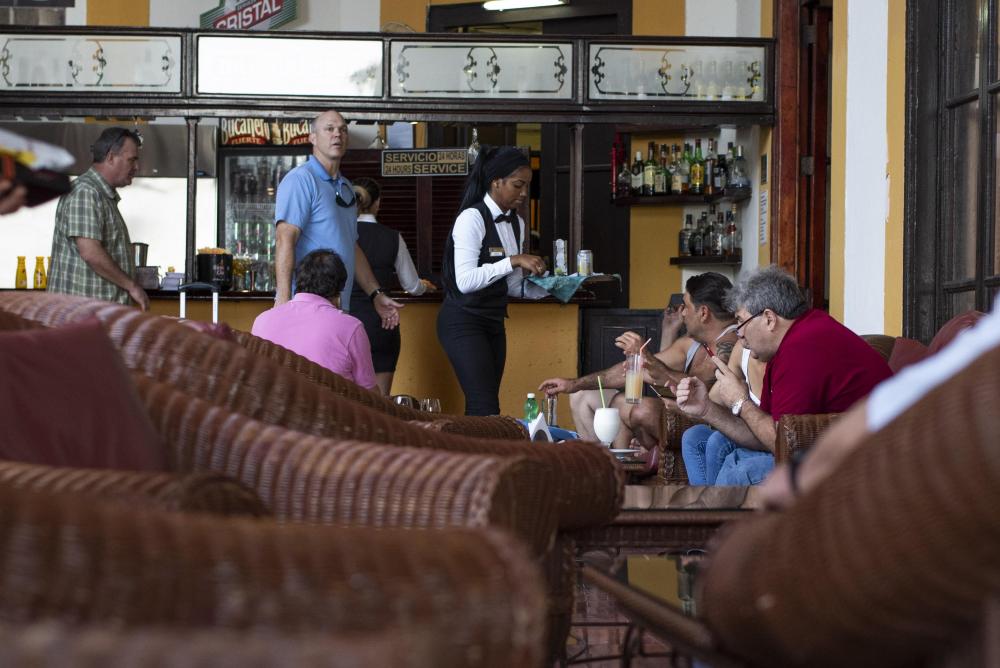
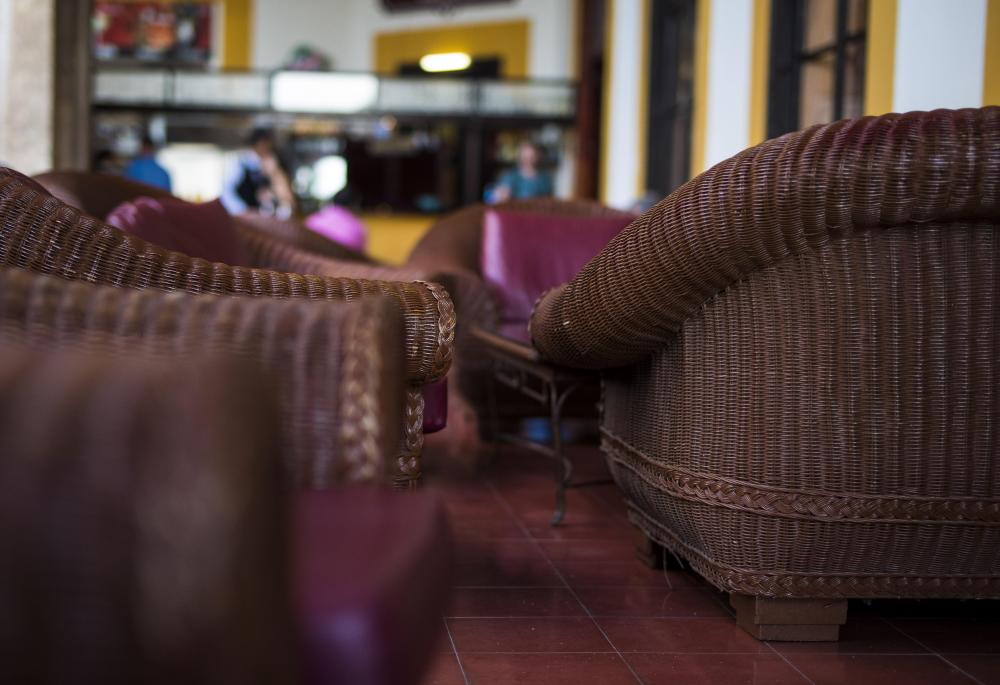
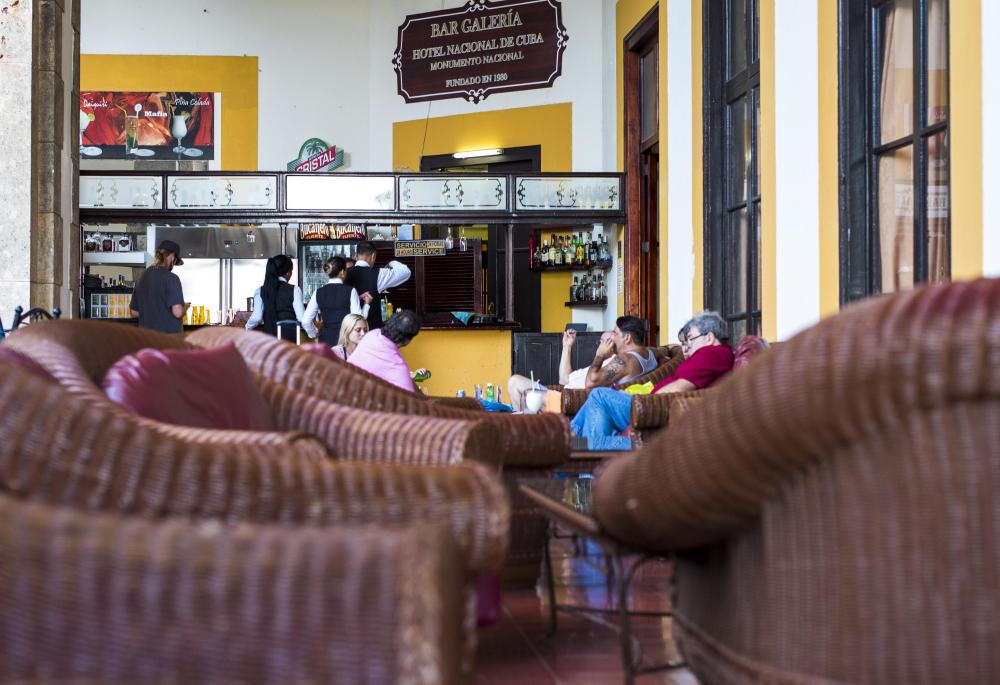
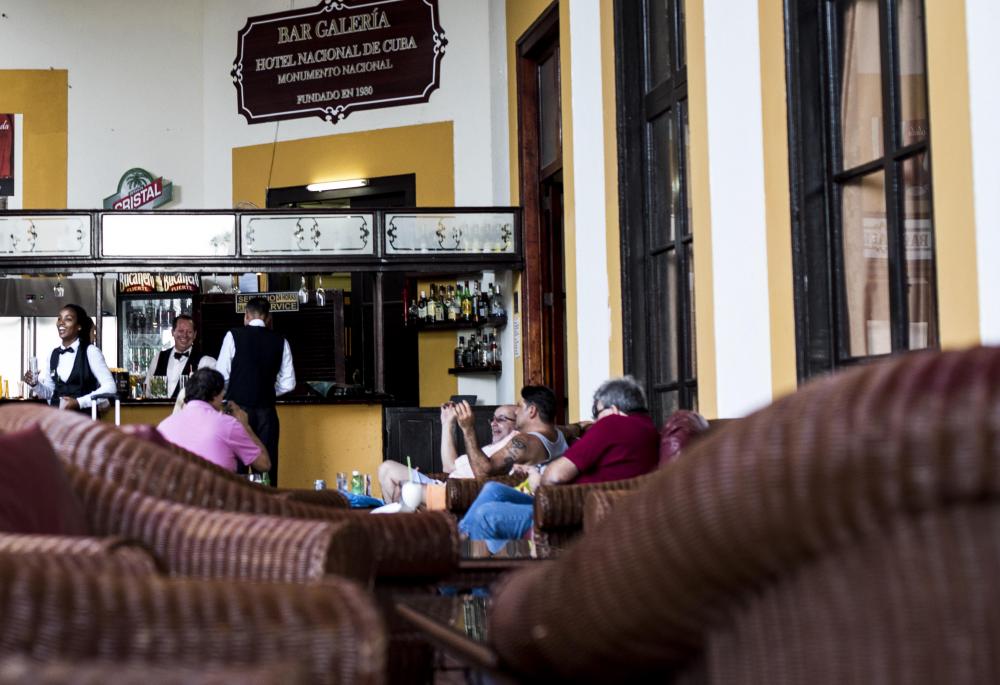
.png.e8f935c490d471ab02c2c5282a59186d.png)